
As the chart below illustrates the Sharpshooters’ provenance is from a broad base. The key components are summarised as a point of reference:
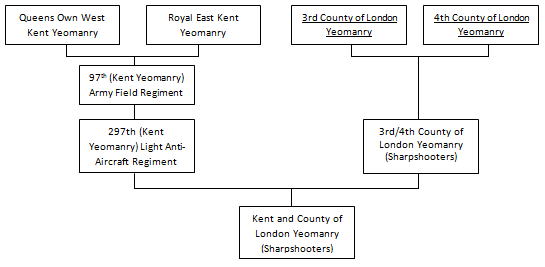
Royal East Kent Mounted Rifles 1794-1917
From the declaration of war with France in 1793, there were concerns among the inhabitants of East Kent who felt themselves in the front line of any invasion from the continent. In March 1793, an offer was made to the Government to form volunteer troops of horse to assist with the evacuation of the civil population and livestock from any affected area and to act as guides to other troops coming into the county.

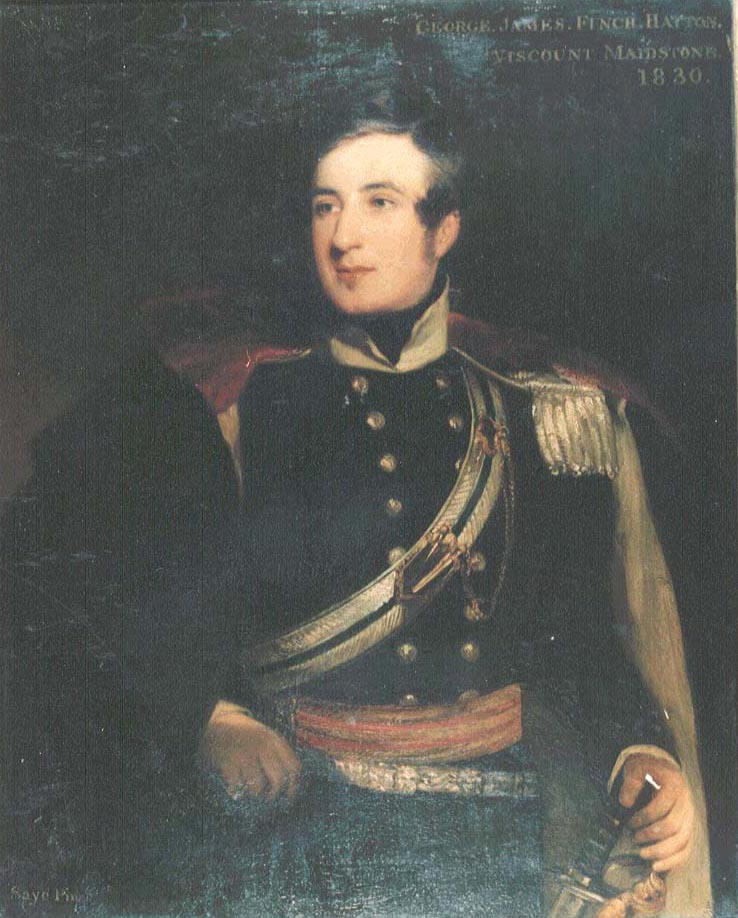
At the time the offer was turned down, but a year later, in March 1794, similar offers were invited by the Government and troops were raised at Nonington, Deal, Wingham, Lydd, Denton, Elham, Rolvenden, Isle of Thanet and Provender. In 1797, Troops were called out for the first time in aid of the civil power and sent to the Isle of Sheppey to help deal with the mutiny of sailors at the Nore. In 1803, at the instigation of their Captains, the troops were incorporated into a Regiment of East Kent Yeomanry Cavalry.
Liberty - defence against foreign invader (the French)
Loyalty - defence of the crown (the spread of the French Revolution to Britain)
Property - a propertied class with something to defend (against revolution or invasion)
The East Kent Yeomanry continued in service after the Napoleonic Wars with the particular role of duties in aid of the civil power. The decision of the Government in 1827 to disband Yeomanry Regiments in those districts where, in the previous ten years, they had not been called upon to act in aid of the civil power, affected the East Kent Yeomanry. But for this 2-year gap in their service, the Regiment would have been the senior Yeomanry Regiment in terms of the date of acceptance of its senior troop, The Cinque Ports Cavalry
In 1830, the East Kent Yeomanry were re-formed with six troops (Ashford, East Wingham, West Wingham, Hythe, Sittingbourne and Faversham). For the next 25 years, the Yeomanry was often the only reliable and effective force for public order other than the regular army. The establishment of effective police forces (1829 in London, 1855 in the counties) resulted in a diminishing requirement for the Yeomanry to be called out.
In 1856, the Regiment were armed with rifles and changed their title to East Kent Mounted Rifles. Two years later they were granted the prefix 'Royal' by Queen Victoria. In 1873, the Duke of Connaught became Honorary Colonel. The Regiment and the two batteries which succeeded it, bore the title 'Duke of Connaught's Own'
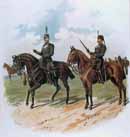
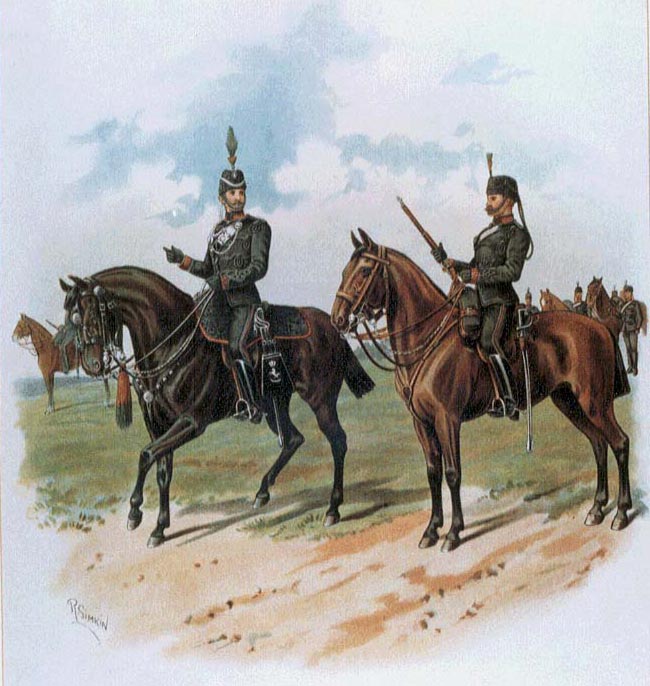
During the Boer War, the Regiment provided two contingents for service in South Africa, the 33rd (East Kent) Company, and the 53rd (East Kent) Company. The first battle in which the 33rd Company was engaged was at Biddulphsberg where the British lost over 170 casualties. Continuous fighting on a small scale took place until late July 1900 when they were involved in General Prinsloo's surrender. They eventually formed part of the garrison of Frankfort which they held for over four months. They returned home in May 1901.
On the formation of the Territorial Army in 1908, the Royal East Kent Mounted Rifles joined the West Kent Yeomanry to form the South East Mounted Brigade. At that time RHQ was at Canterbury with Squadrons at Chatham (A), Sittingbourne and Faversham (B), Dover and Ramsgate (C) and Ashford (D)
Queen's Own West Kent Yeomanry 1794-1917
In 1793, the new Republic of France shook Europe by defeating the armies of Austria, the German States and Britain with an army largely composed of conscripts. With the fall of Holland to the French, Britain had to evacuate the continent and was faced with invasion.
William Pitt, the Prime Minister, appealed for 'Gentlemen and Yeomanry' to provide a cavalry force for home defence. The response was swift, especially from Kent, the most vulnerable point of attack. In April 1794, a 'Grand Meeting of the County' was held at Maidstone and agreed to subscribe to the formation of several troops each of 50 mounted volunteers.
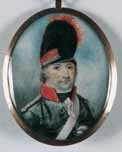
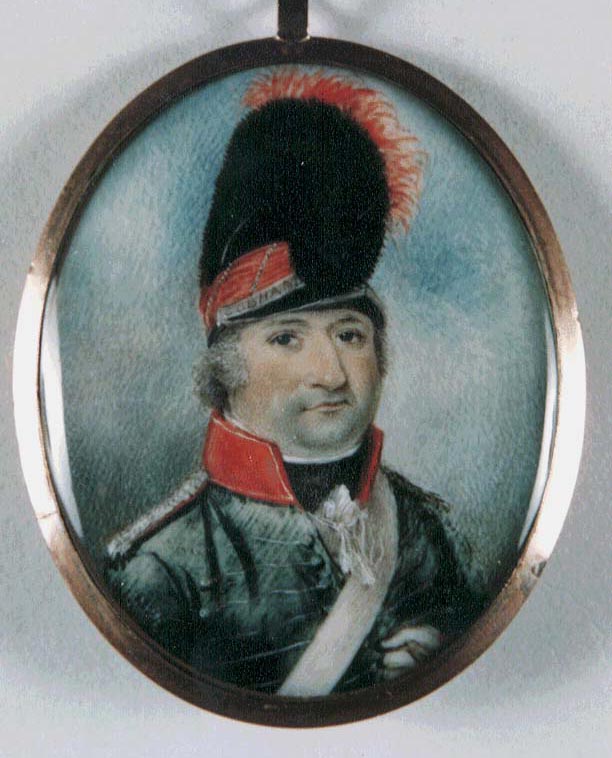
The first troops in West Kent were raised in Cobham (West and East), Sevenoaks, Tonbridge, Chislehurst, Farningham, Tunbridge Wells and Coxheath. Each troop was 50 strong with 3 officers (Captain, Lieutenant and Cornet). The men were expected to provide their own horses and clothing while the govrrnment provided arms and accoutrements. They were only paid when called out on service. By the time of the Moat Park Review in Maidstone in 1799, further troops had been raised in Greenwich/Woolwich and Sheppey/Queenborough in addition to a Corps of Kent Guides.
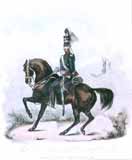
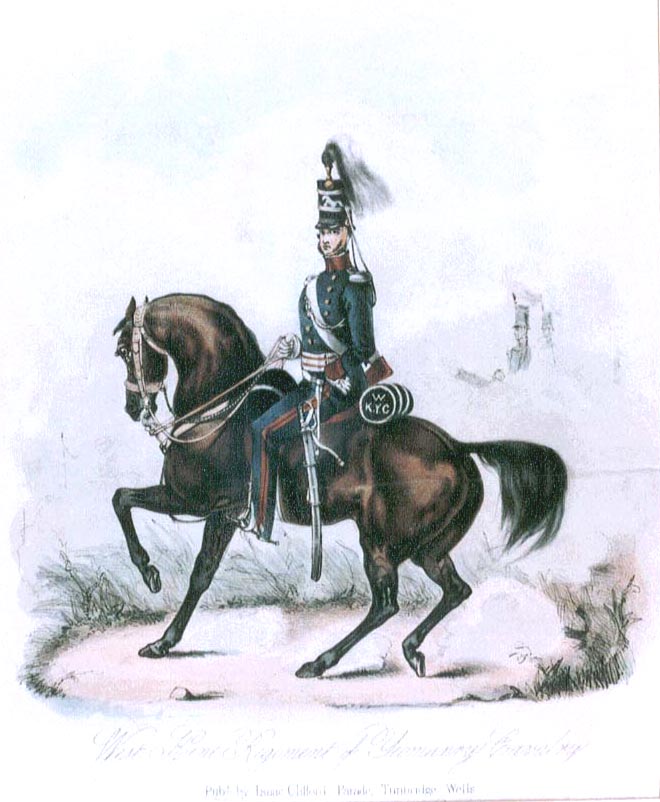
In 1813 the Yeomanry were encouraged to form their separate troops into regiments which were to assemble for 12 days training each year during which the members received the pay of the regular cavalry. Unlike other volunteers, the Yeomanry continued in service after the Napoleonic Wars, with the particular role of preventing 'disturbance of the Publick Peace'.
In 1827 the Government decided to 'release from their present engagements' (ie disband) all Yeomanry Regiments in those districts where, in the previous ten years, they had never been called upon to act in aid of the civil power, a reflection on the tranquil state of the County.
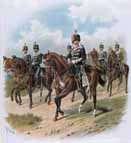
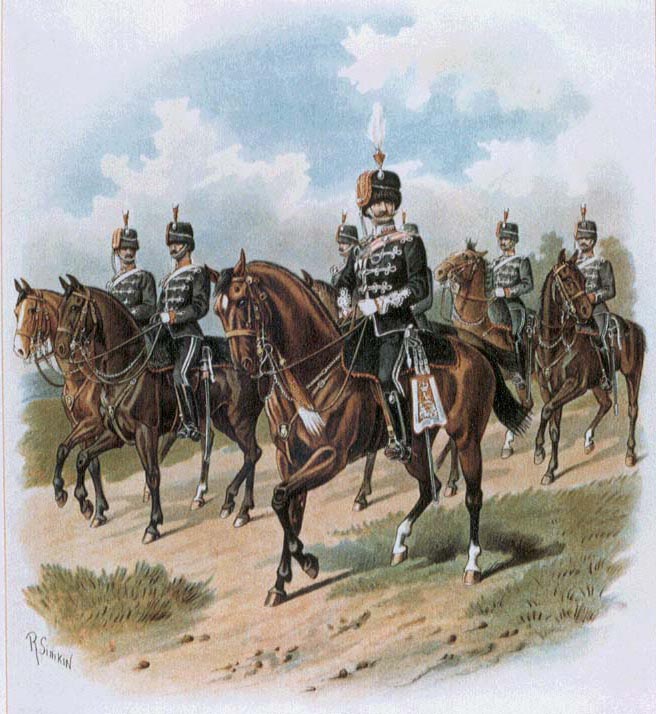
By 1830, the distressed state of agriculture led to attacks on private property and the Government appealed to the recently disbanded regiments to return to service. The West Kent Yeomanry re-formed with seven troops (Cobham, Chislehurst, Dartford, Oxenhoath, Tunbridge Wells, Sevenoaks and Maidstone). Apart from annual training, the regiment assembled only when called out to aid the civil power and for occasional ceremonial and social occasions. It had no permanent headquarters or regular training as in modern times.
In 1864, in recognition of the frequent occasions on which the Regiment had furnished escorts for members of the Royal Family when travelling through Kent to and from the continent, the Regiment was granted the title 'Queen's Own'.
During the Boer War 1899-1902, Yeomanry Regiments as such were not, by their terms of service, able to serve overseas. Instead volunteers were called for and the West Kent Yeomanry provided the 36th (West Kent) Company forming part of the 11th Battalion Imperial YeomanryIn May 1900, 36th Company was attached to 8th Division for the advance on Pretoria. In July, at Brandwater Basin, they oversaw the surrender of over 4,000 Boers. They continued to serve guarding lines of communication until their return to England in June 1901. Despite being engaged in several battles, they were fortunate not to lose anyone killed although several returned early through wounds or sickness.
The period between The Boer War and World War I was one of modernisation and reorganisation. In 1908, on the formation of the Territorial Army, the West Kent Yeomanry formed part of the South East Mounted Brigade. RHQ was at Maidstone with squadrons at Bromley, Gravesend, Tunbridge Wells and Maidstone.
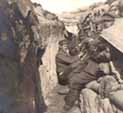
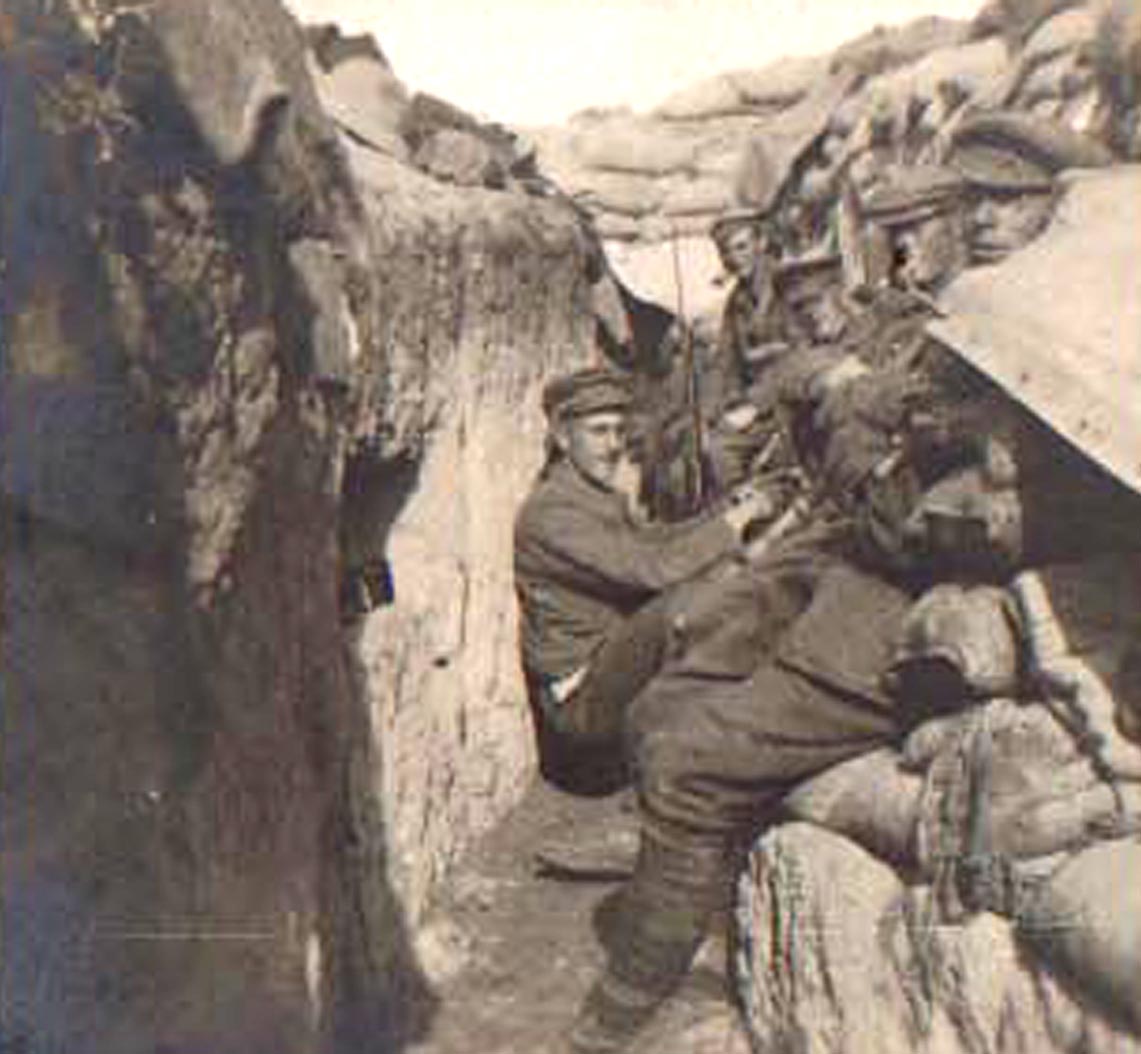
On the outbreak of war in 1914, the two Kent Yeomanry regiments were mobilised and for the first year they were stationed in Kent as part of the South Coast defences. In Sept 1915 they sailed for Gallipoli where they fought dismounted for the last three months of the campaign, where they had their first experience of trench warfare, before being withdrawn to Egypt.
For the next year they continued to train as dismounted cavalry but eventually it was decided that the Yeomanry who had been sent without their horses, would be of more value as infantry and in March 1917 the two Regiments were amalgamated to form the 10th (Royal East Kent and West Kent Yeomanry) Bn The Buffs in 74th (Yeomanry) Division, the 'Broken Spur' Division.
10th (Royal East Kent and West Kent Yeomanry) Bn The Buffs 1917-1918
The new Battalion formed part of Allenby's successful Palestine offensive against the Turkish Army and took part in the 2nd Battle of Gaza, culminating in the Battle of Beersheba on 31st October 1917. In December they played a leading part in the capture of Jerusalem.

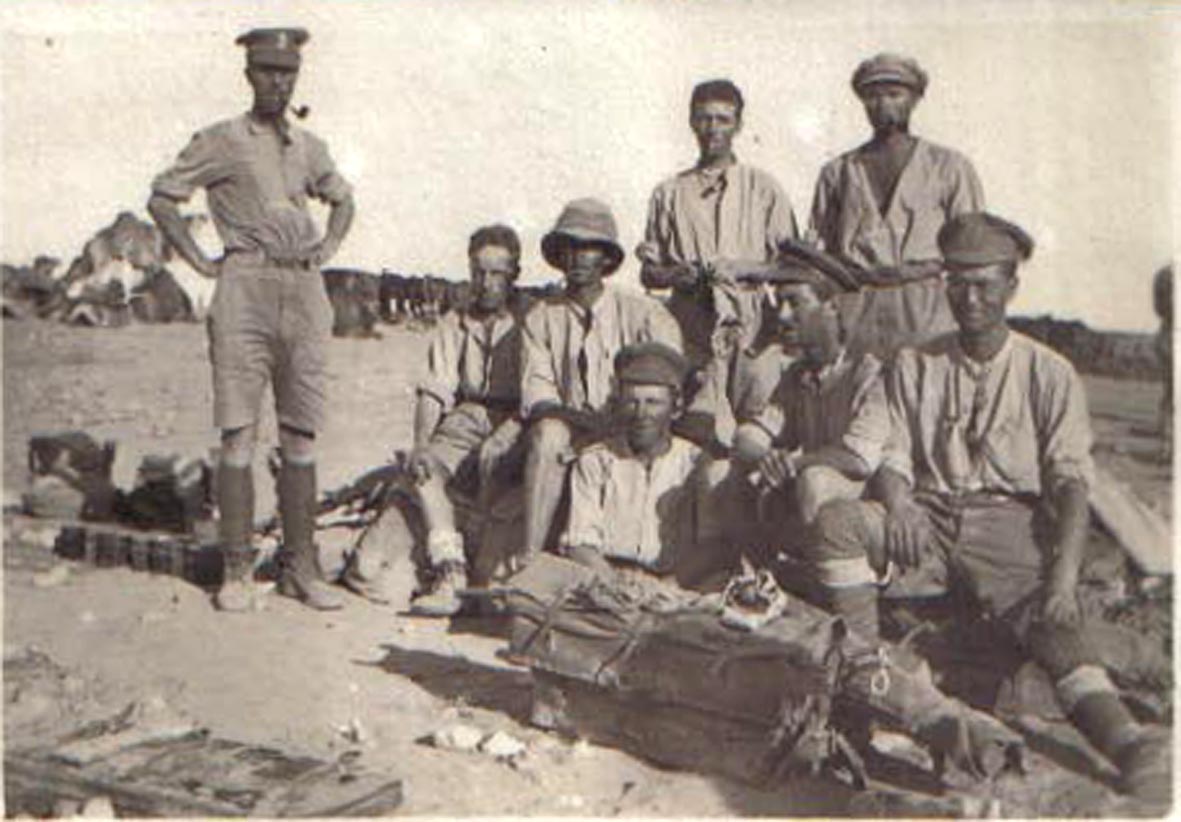
The heavy casualties on the Western Front necessitated the withdrawal of infantry divisions, including the 74th Division, from Palestine to France in May 1918. By the end of July the Kent Yeomanry Battalion were in action in the Merville area. At the beginning of September, they moved to the Somme and took part first in the advance on the Hindenburg Line and then, further north, in the final advance which led to the armistice of 11th November 1918.
The Kent Yeomanry lost 152 men killed in action and died of disease in Palestine and France. They were awarded the following twelve battle honours :
Gallipoli 1915, Egypt 1916-17, Palestine 1917-18, Gaza, Jerusalem, Tell'Asur, France and Flanders 1918, Somme 1918, Bapaume 1918, Hindenburg Line, Epehy, Pursuit to Mons
97th (Kent Yeomanry) Army Brigade RFA 1920-1939
In the post-war reorganisation of the Territorial Army, only the twelve senior Yeomanry Regiments were retained as cavalry and most others were given the option of becoming artillery. As artillery was still horse-drawn, it did allow the regiments to keep their horses.
The wartime amalgamation of the East and West Kent Yeomanries was made permanent and the new regiment became 97th (Kent Yeomanry) Army Brigade RFA with East Kent represented by 385 and 386 (Duke of Connaught's Own Yeomanry) Batteries at Canterbury and Ashford and West Kent by 387 and 388 (Queen's Own Yeomanry) Batteries at Maidstone and Bromley.

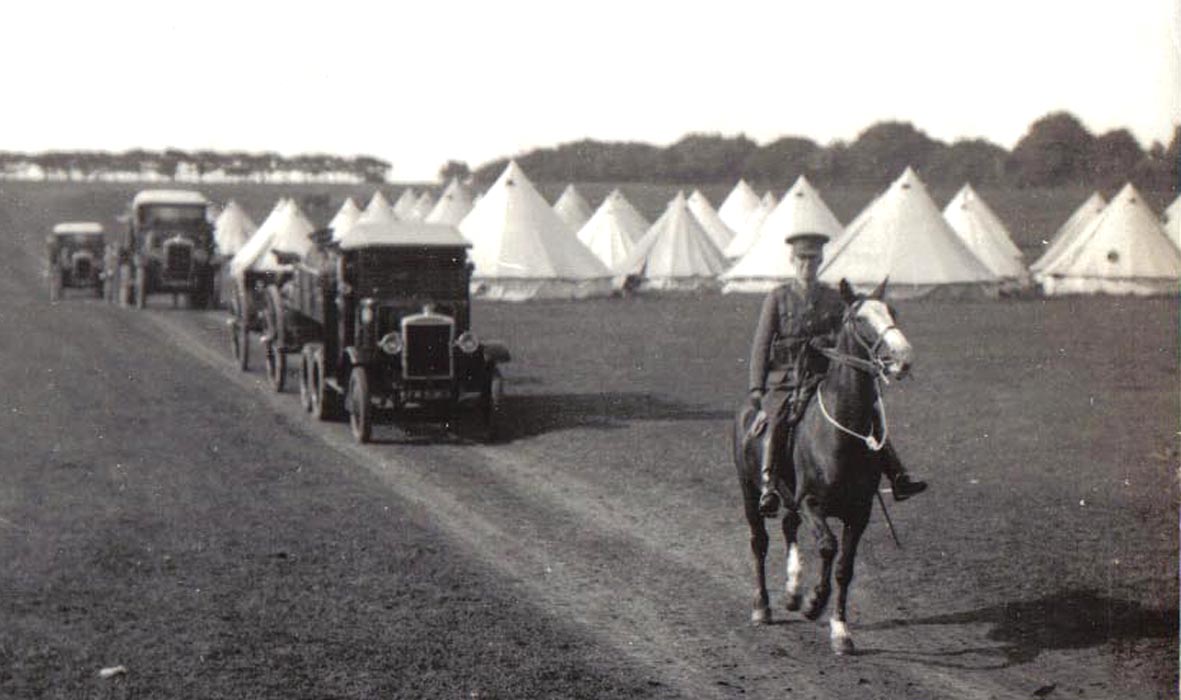
The Regiment was equipped with the 4.5 in howitzer and the 18 Pdr field gun. In 1927, horses were replaced by tractors to tow the guns although battery staff still rode horses. In 1931, the batteries were completely mechanised and the tractors were replaced by trucks.
In 1938, the Regiment was reorganised as 97th (Kent Yeomanry) Field Regiment RA. In 1939 a second line regiment, 143rd (Kent Yeomanry) Field Regiment RA, was formed. 385 and 387 Batteries remained with 97th, 386 and 388 went to the 143rd.
97th (Kent Yeomanry) Field Regiment RA 1939
At the beginning of World War II, the Regiment was mobilised and was moved immediately to France as part of the British Expeditionary Force (BEF). In 1940 it was evacuated partly from Dunkirk and partly from St Valery.

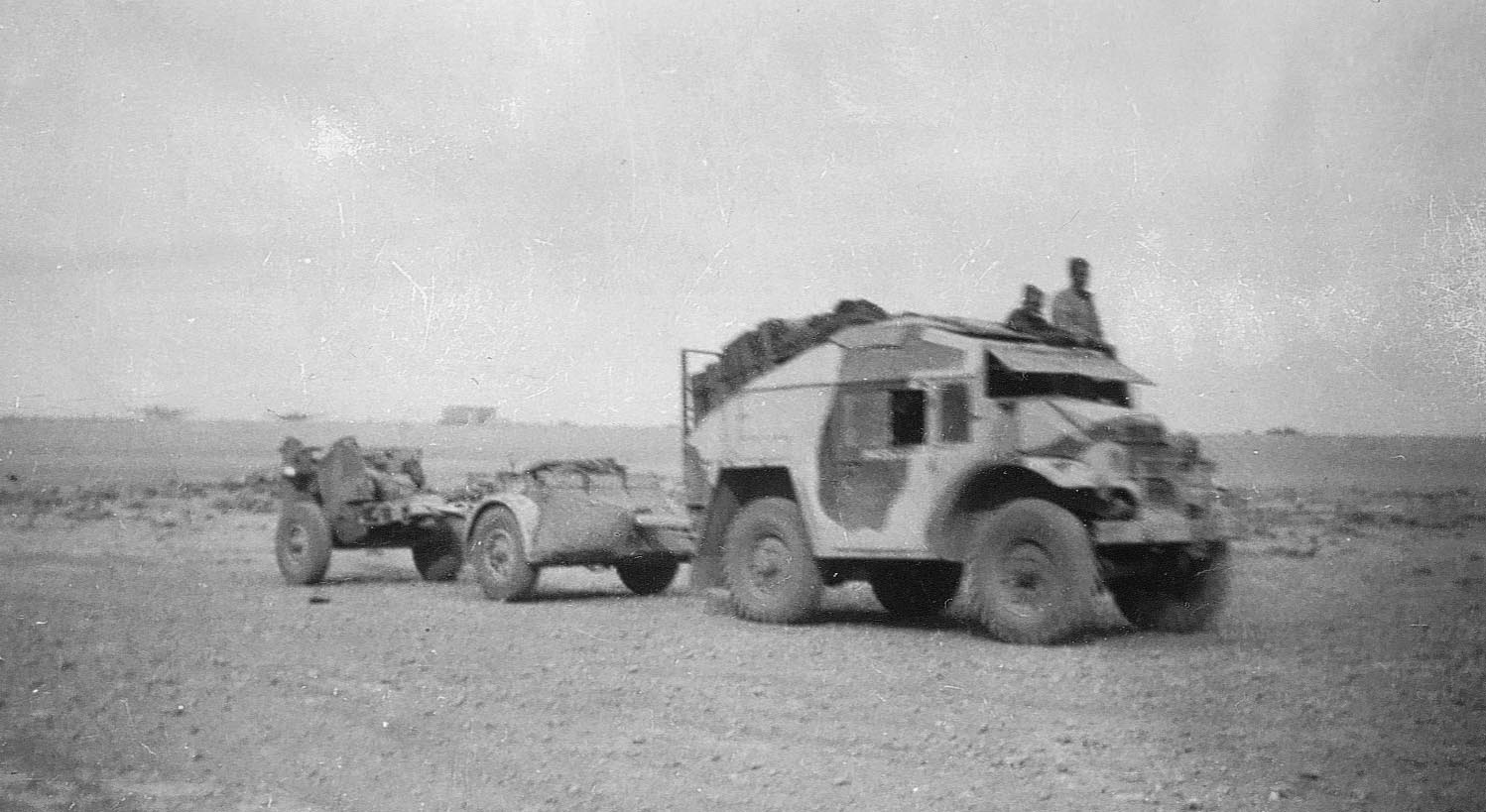
After a year of coast defence duties in the UK, the regiment sailed to Iraq in 1941 to join the 10th Indian Division. The Division went to the Western Desert where it suffered badly in the retreat to the Alamein Line in 1942. The Regiment then supported 8th Armoured Brigade at the battle of Alam El Halfa and the 7th Armoured Division at El Alamein, remaining until the capture of El Adem, and Tobruk. After garrison duties in Cyprus, Palestine and Syria, the Kent Yeomanry moved to Italy in March 1944. They served there for the rest of the war, advancing up Italy ending on the Adriatic coast near Trieste.
97th Field Regiment lost 132 men killed in World War II.
143rd (Kent Yeomanry) Field Regiment RA 1939-1945
The second regiment, 143rd (Kent Yeomanry) Field Regiment RA, was formed in 1939 and spent the first two years of the war in Iceland. On its return to England, the Regiment joined 49th Division and served with them in Normandy and NW Europe.

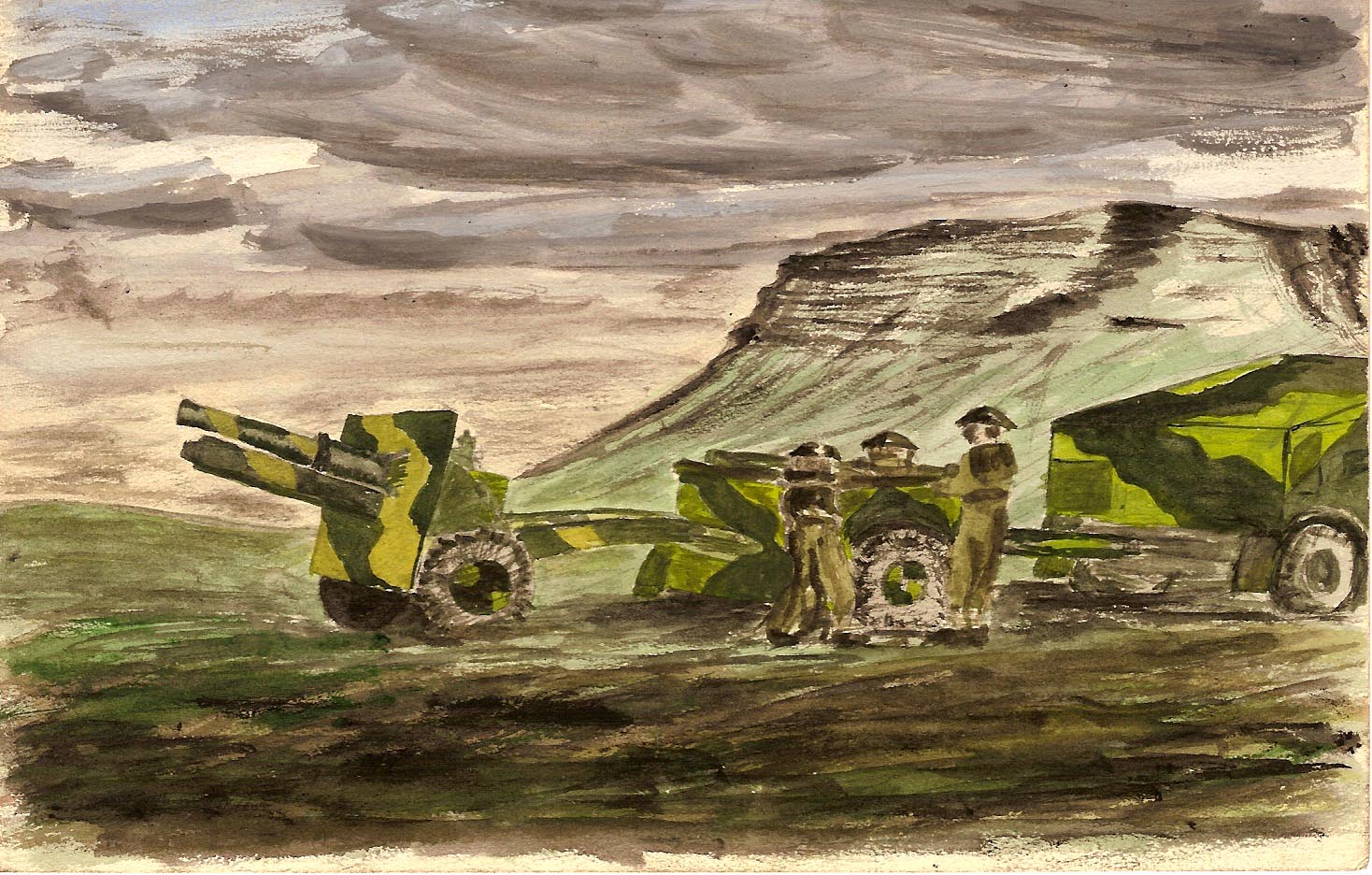
Among major battles in which they gave fire support were Caen, Le Havre, and the Turnhaut Canal. They spent the winter of 1944-45 by the River Maas on the Dutch-German frontier. Their final action was to support the much delayed liberation of Arnhem in April 1945.
Regiments of the Royal Artillery do not receive battle honours but Yeomanry Regiments in the artillery role are permitted to carry on their Guidons, the Royal Artillery badge and the relevant theatre honours. In the case of the Kent Yeomanry these are:
Middle East 1941-42
Italy 1944-45
North West Europe 1944-45
297th (Kent Yeomanry) LAA Regiment RA, 1947-61

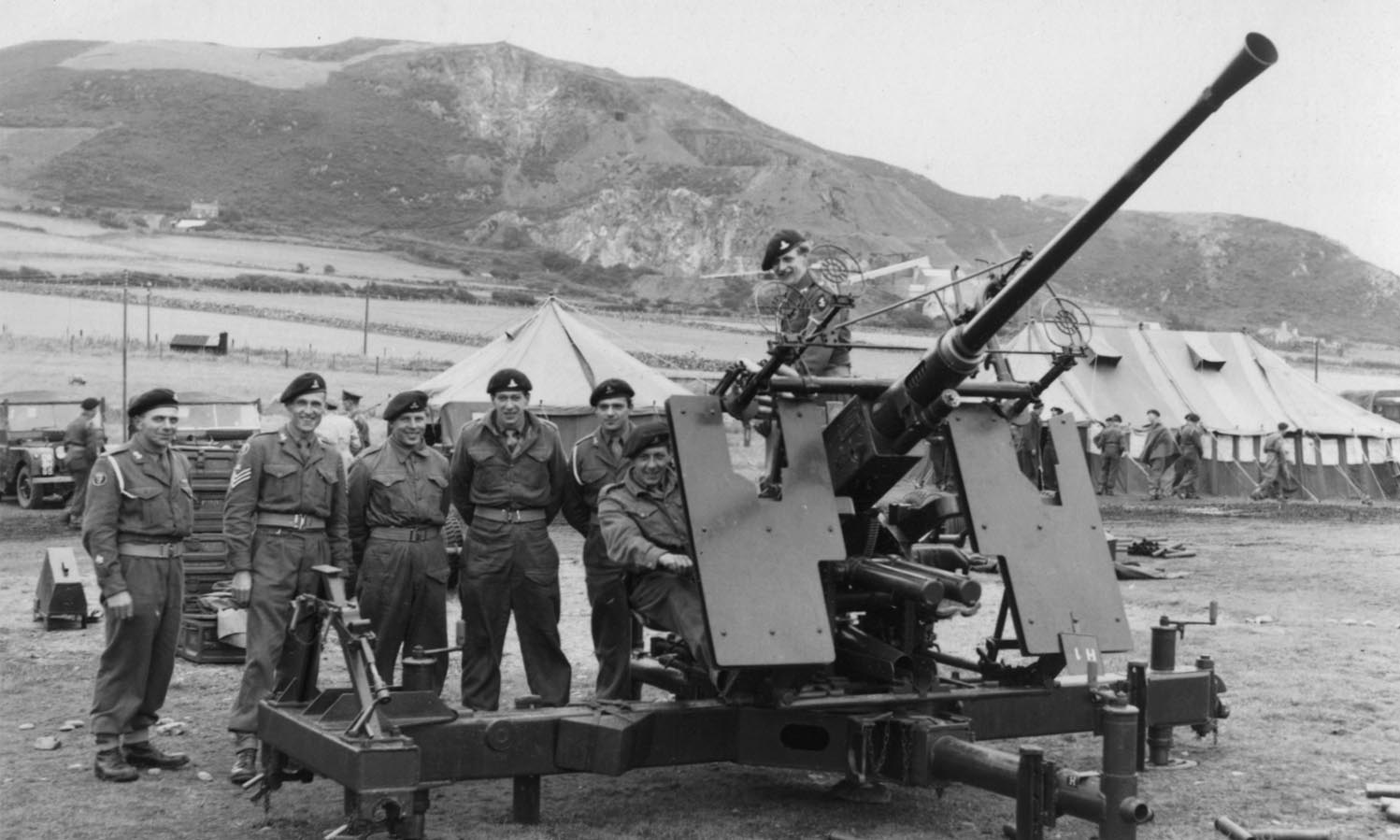
In 1947 the regiment was re-formed as the 297th (Kent Yeomanry) Light Anti-Aircraft Regiment RA in 44th (Home Counties) Division. It was equipped with the 40mm Bofors anti-aircraft gun RHQ was at Maidstone and there were three Batteries:
'P' (385th Duke of Connaught's Own Yeomanry) Battery, Canterbury
'Q' (388th Queen's Own Yeomanry) Battery, Maidstone
'R' (387th Queen's Own Yeomanry) Battery, Bromley
In 1961 297th (Kent Yeomanry) LAA Regt RA and the 3rd/4th County of London Yeomanry (Sharpshooters) were amalgamated to form the Kent and County of London Yeomanry (Sharpshooters).
Sharpshooters Imperial Yeomanry 1900-1902
18th (Sharpshooters) Battalion (67th, 70th, 71st and 75th Companies)
21st (Sharpshooters) Battalion (80th, 81st, 82nd and 83rd Companies)
23rd (Sharpshooters) Battalion (90th, 91st, 92nd and 93rd Companies)
During the early stages of the South African War 1899-1902, the British Army suffered defeats at the hands of the Boer Commandos, composed of men who were first class shots and good horsemen. The effect at home was to produce a rush of volunteers. A committee was formed in Dec 1899 by the Earl of Dunraven to raise a squadron of 'Sharpshooters' from those volunteers who could both ride and shoot well. By March 1900, a full battalion (18th Bn) had been raised.
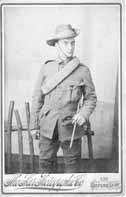
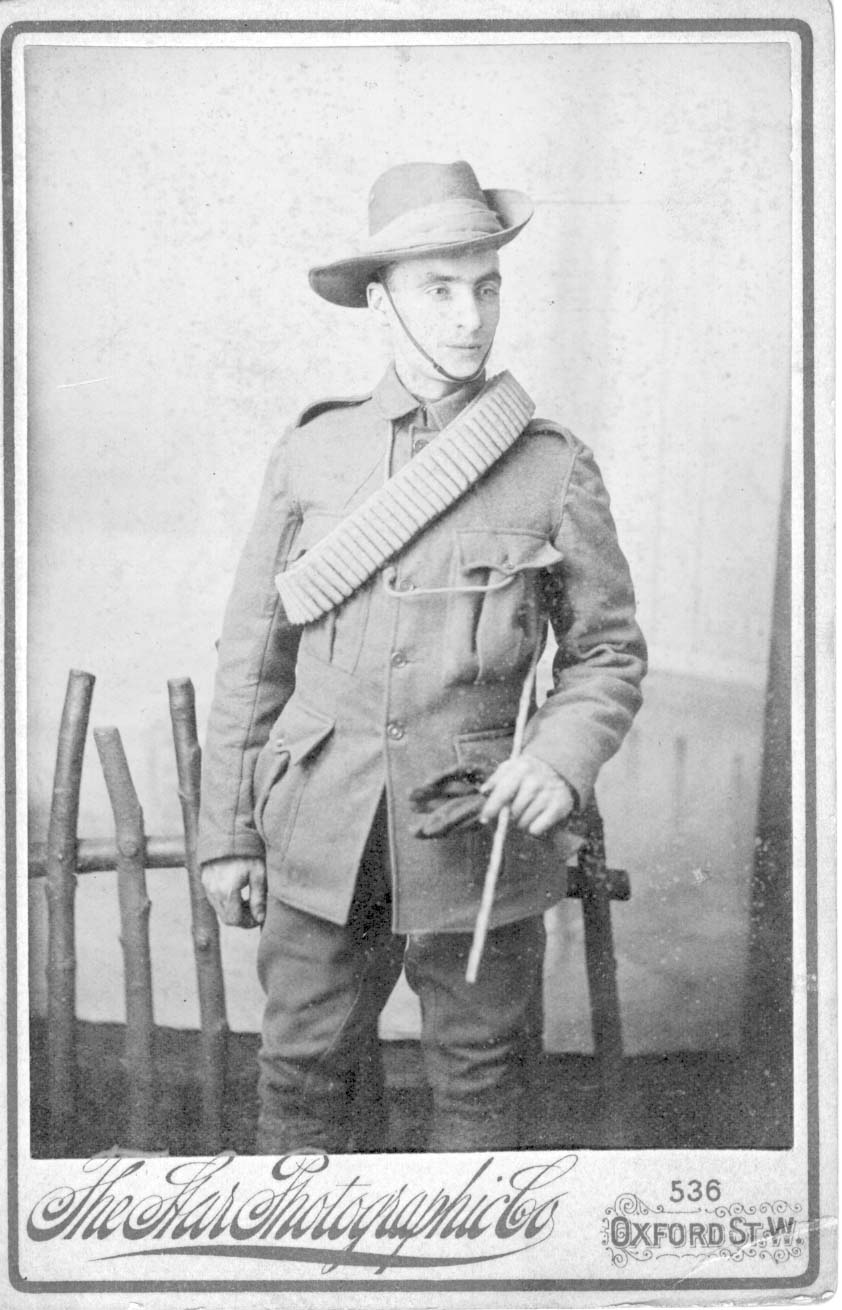
The battalion formed part of the Rhodesian Field Force intended to threaten the Transvaal and the Boer capital of Pretoria from the north. After six months training, the attempt was abandoned and the battalion spent its remaining six month in the southern part of the Orange Free State engaged in anti-guerrilla warfare.

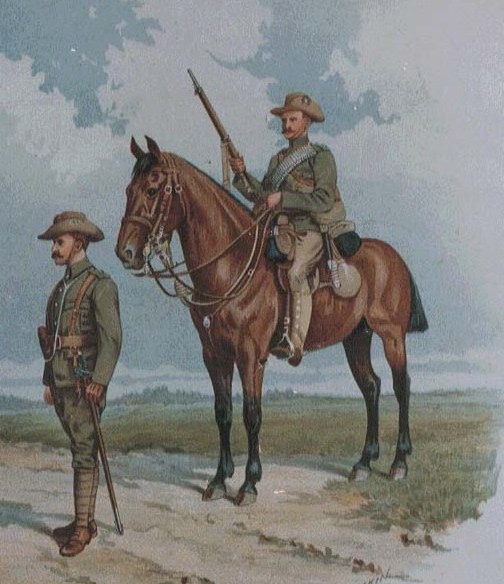
In January 1901, the Government made a further call for Yeomanry and between February and March, another 1,200 men were recruited by the Sharpshooters Committee and formed into two battalions, the 21st and 23rd. The 21st were sent to the Johannesburg area and the 23rd to Bloemfontein. their usual role was protecting the lines of communication which stretched from Capetown some 800 miles to Pretoria.
The Sharpshooters fought many small-scale actions against the Boers with increasing skill and showed the value of mobile, well-armed and resourceful troops. Following their success, Lord Dunraven was given permission to raise a regiment for service at home and on 23rd July 1901, the 3rd County of London (Sharpshooters) Imperial Yeomanry was formally embodied. In 1904 the Regiment's first battle honour South Africa 1900-02 was awarded.
3rd County of London Yeomanry (Sharpshooters) 1901-20
The Regiment's first home was in the old Sharpshooters recruiting office in Cockspur Street off Trafalgar Square but by 1902 larger premises had been provided at Gloucester Gate, Regent's Park. Recruits used the Household Cavalry riding school at Albany Street and they learnt to shoot at the rifle range on Wormwood Scrubs.

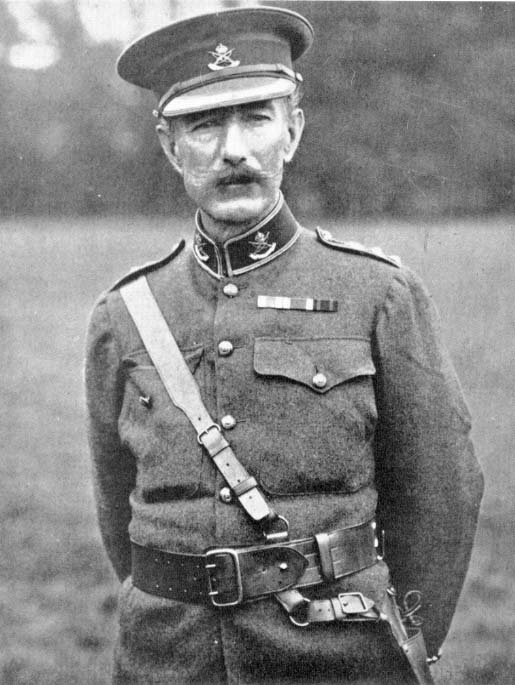
The Regiment was organised into four squadrons with a machine gun detachment and was armed with the Lee Enfield rifle, the sword being reserved for ceremonial use. Each soldier was expected to complete an annual musketry course and attend four mounted drills a year in addition to two weeks' annual camp. Following the Boer War experience, training concentrated more on the mounted infantry role than pure cavalry operations

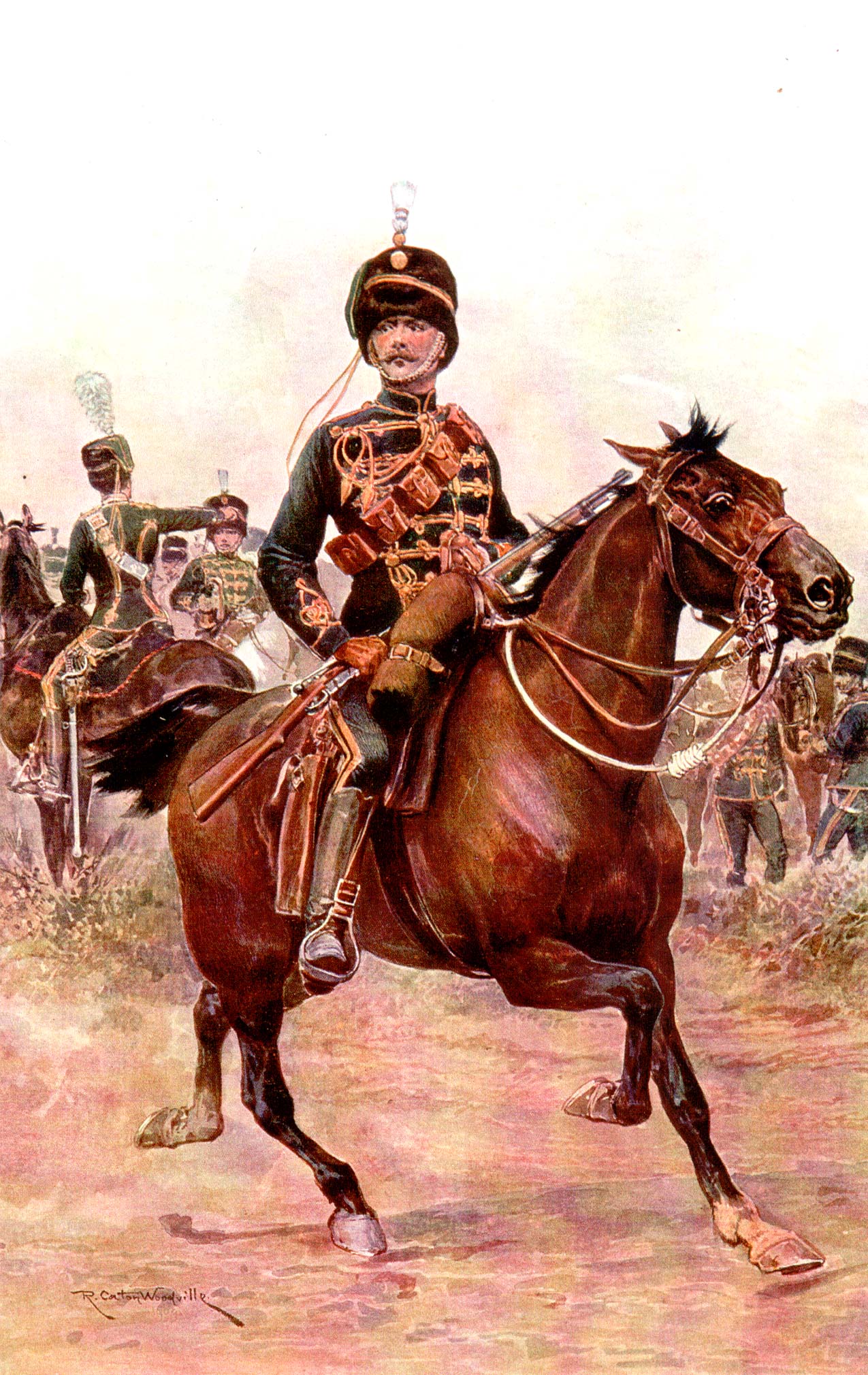
In 1908, with the formation of the Territorial Force, the title was changed to 3rd County of London Yeomanry (Sharpshooters) (TF). For the first time, the Yeomanry had become part of an integrated reserve army comprising all arms. The Sharpshooters were part of the London Mounted Brigade with the Middlesex Hussars, Westminster Dragoons and Roughriders. In 1909 all four regiments went to camp together as a Brigade. In 1912 the Sharpshooters moved into a newly built drill hall in Henry Street, St John's Wood, later known as Allitsen Road, which remained their headquarters until 1961.
World War I 1914-1918
On 5th August 1914, the Sharpshooters were in camp when mobilisation was imminent. By November they were on the east coast with 2nd (Yeomanry) Mounted Division guarding against a threatened German invasion.

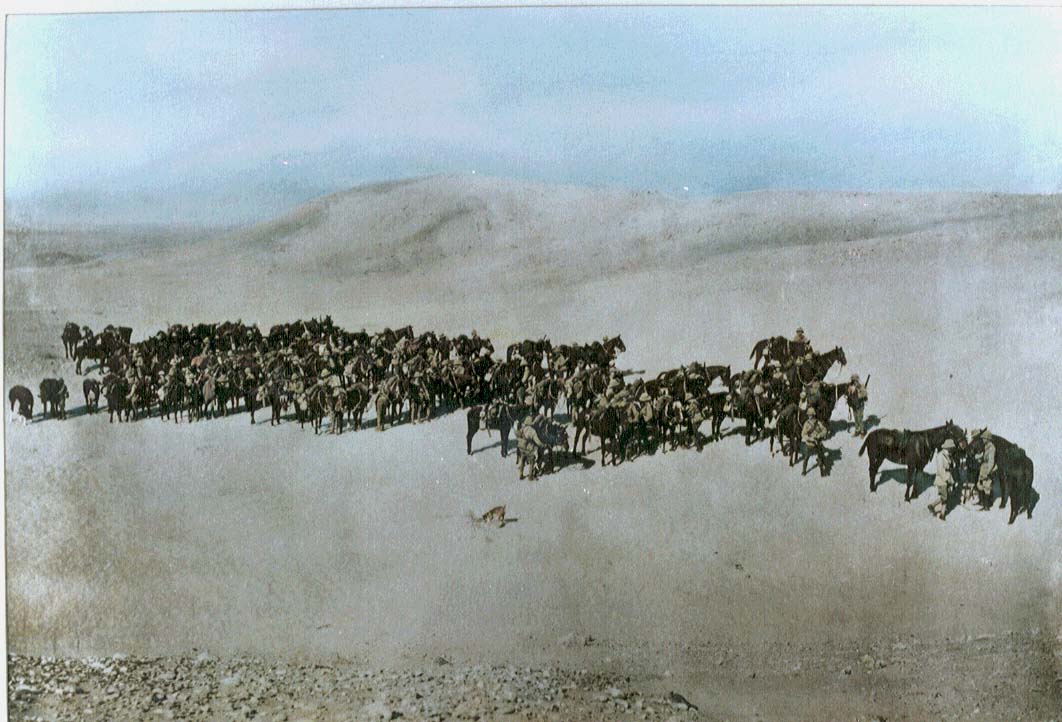
In April 1915, the Brigade was sent to Egypt to guard the Suez Canal. After only four months, they were sent, dismounted, to reinforce the allied armies in Gallipoli where they were landed at Suvla Bay. They were almost immediately involved in the unsuccessful attack on Scimitar Hill, the last major attack launched by the British in Gallipoli. After a further two months in the trenches they were withdrawn to Egypt to rejoin their horses. In November 1916, after a period of training in Egypt, the Sharpshooters were sent as reinforcements for the British Army fighting the Bulgarians in Macedonia and Greece but again found themselves spending another six months in the trenches.
On their return to Egypt in May 1917, they were sent to join the Desert Mounted Corps under Allenby. They took part in the capture of Beersheba and led the advance through the hills through Judea on the approaches to Jerusalem.

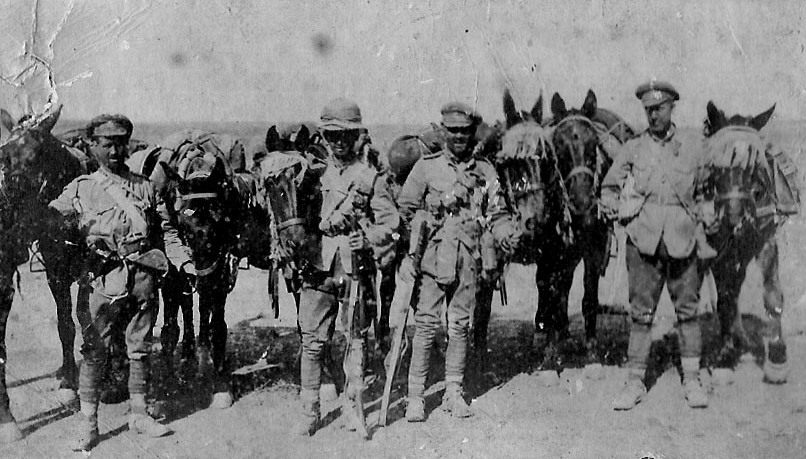
In April 1918, the Sharpshooters were amalgamated with the Roughriders to form the 103rd Machine Gun Battalion. In this role, they were sent to France where they were mechanised (with motor cycles, sidecar combinations and 3-ton trucks). They went into the line in time to take part in the Pursuit to Mons which took them up to the armistice on 11 November 1918.
3CLY Battle Honours 1914-18
Egypt 1915-17 Gallipoli 1915 Suvla
Scimitar Hill Palestine 1917-18 Gaza
El Mughar Nebi Samwil Macedonia 1916-17
France and Flanders 1918 Pursuit to Mons
23rd London Armoured Car Company(Sharpshooters) 1920-39
In 1920 the Sharpshooters were re-formed as the 5th London Armoured Car Company. Two years later they were renumbered 23rd to avoid confusion with the regular RTR Armoured Car Companies. They remained at their pre-war headquarters, formerly Henry Street, now renamed Allitsen Road.

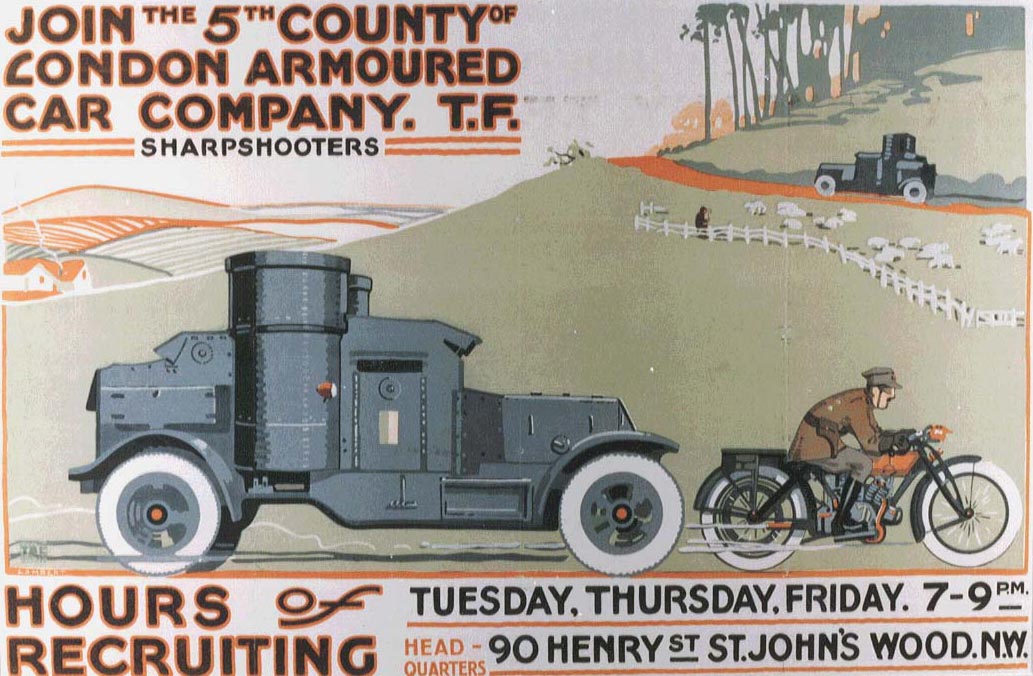
From 1920 to 1929 the Company was equipped with Peerless armoured cars. In 1929 the first Rolls Royces appeared they remained the predominant type until 1938 when they were replaced by Lanchesters. Enough armoured cars were held permanently to allow one section to go out fully equipped. For camp or major exercises extra vehicles were borrowed from a pool.

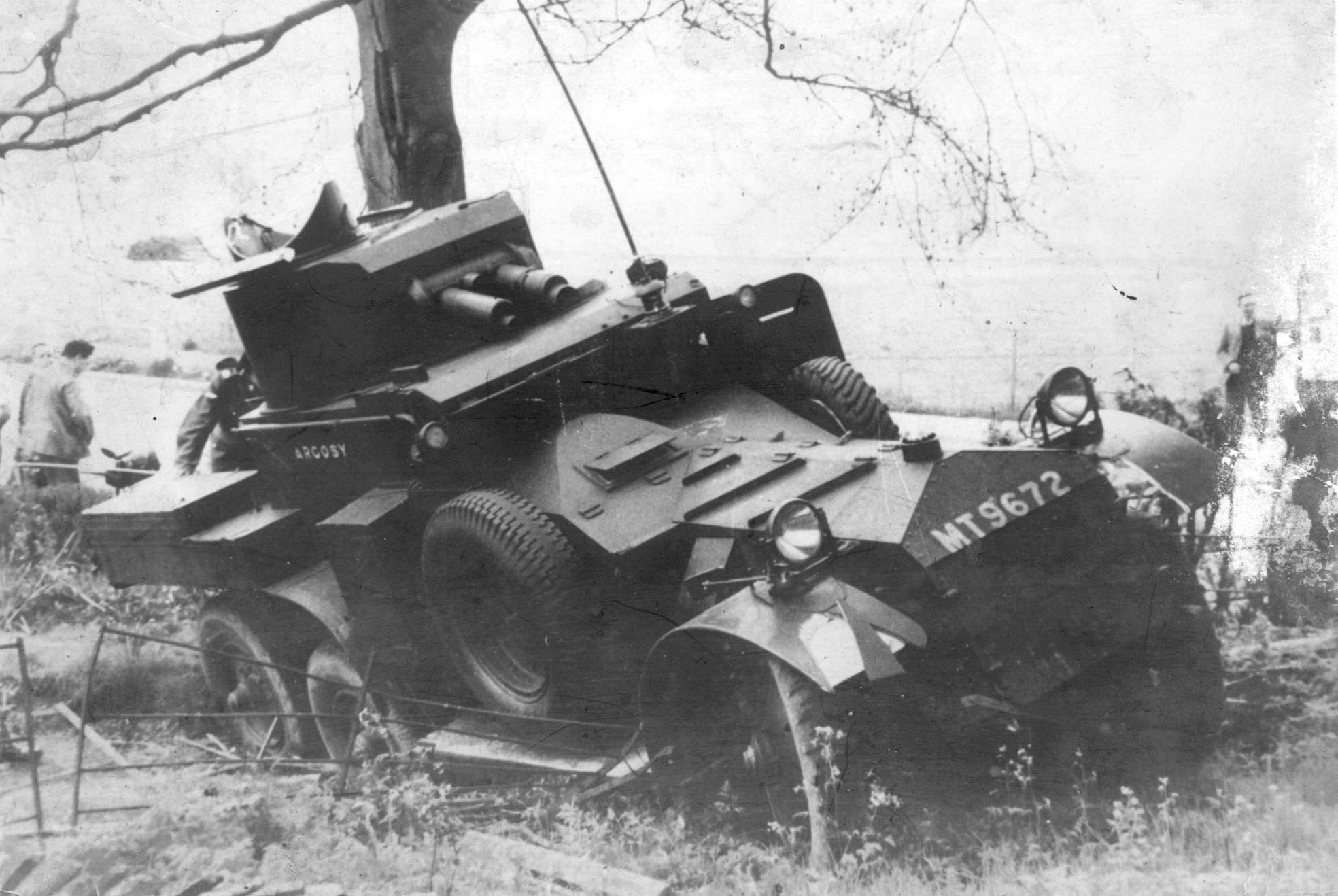
Under the effective leadership of Major King Jago, the Sharpshooters established a fine reputation and were often called upon to take part in regular army manoeuvres, particularly during trails with mechanised formations. As the Territorials were the only armoured cars available in the United Kingdom, they were occasionally called out on more serious duties such as the General Strike of 1926 when they provided escorts for vulnerable cargoes.
In 1938, the Sharpshooters began to build up to regimental strength and resumed their former title of 3rd County of London Yeomanry. In 1939 a second regiment was formed but, unlike most others, the 3rd CLY was left virtually intact and the 4th County of London Yeomanry as the new regiment became known, was built up from a small cadre of junior officers and senior NCOs.
3rd County of London Yeomanry (Sharpshooters) 1939-44 UK 1939-41

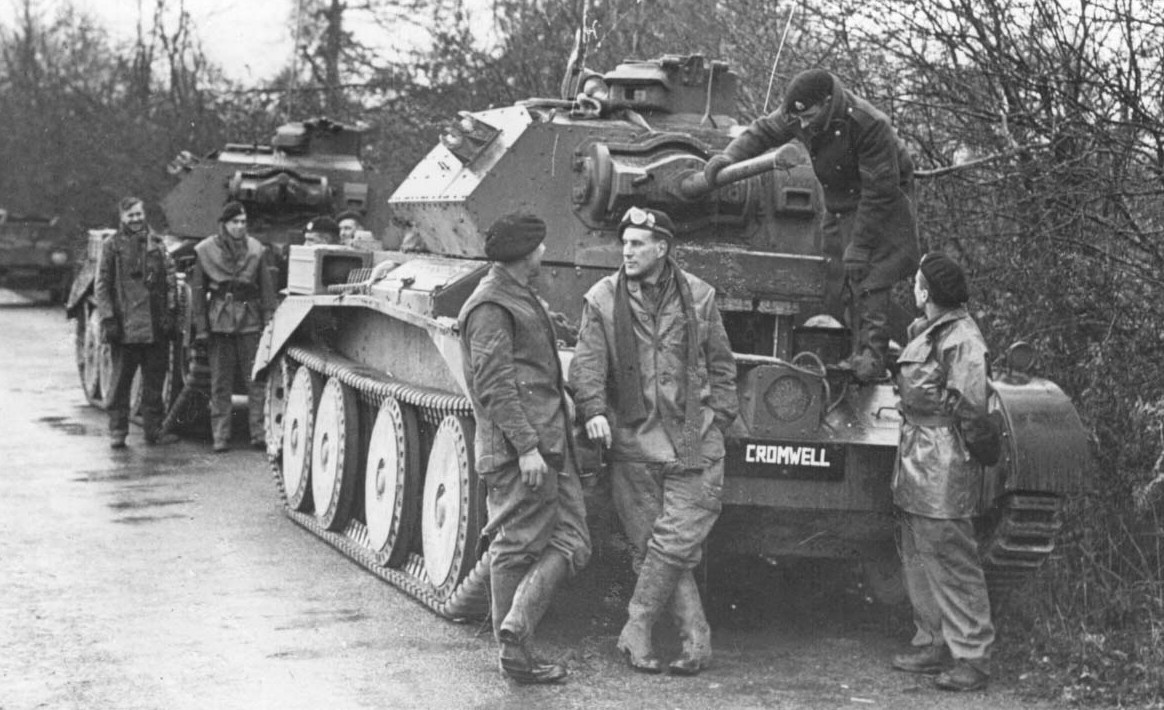
For the first two years of the war the 3rd and 4th CLY served alongside one another with the 2nd Royal Gloucestershire Hussars in 22nd Armoured Brigade equipped as armoured regiments, training on a variety of different tanks.
MIDDLE EAST 1941-43
Both Regiments were sent to the Middle East in late 1941 and first saw action at El Gubi where they suffered heavily from Italian artillery. After this baptism of fire, 22nd Armoured Brigade formed part of 7th Armoured Division (Desert Rats) for the remainder of the campaign. The two regiments took part in the Sidi Rezegh battles, in the pursuit of Rommelto El Agheila. After returning to Cairo for reinforcement and re-equipment with Grant tanks, they were back on the Gazala Line in April 1942. They were closely involved in the bitter fighting of May-June 1942 around the Cauldron and the Knightsbridge Box which culminated in the long hard retreat to the El Alamein line.

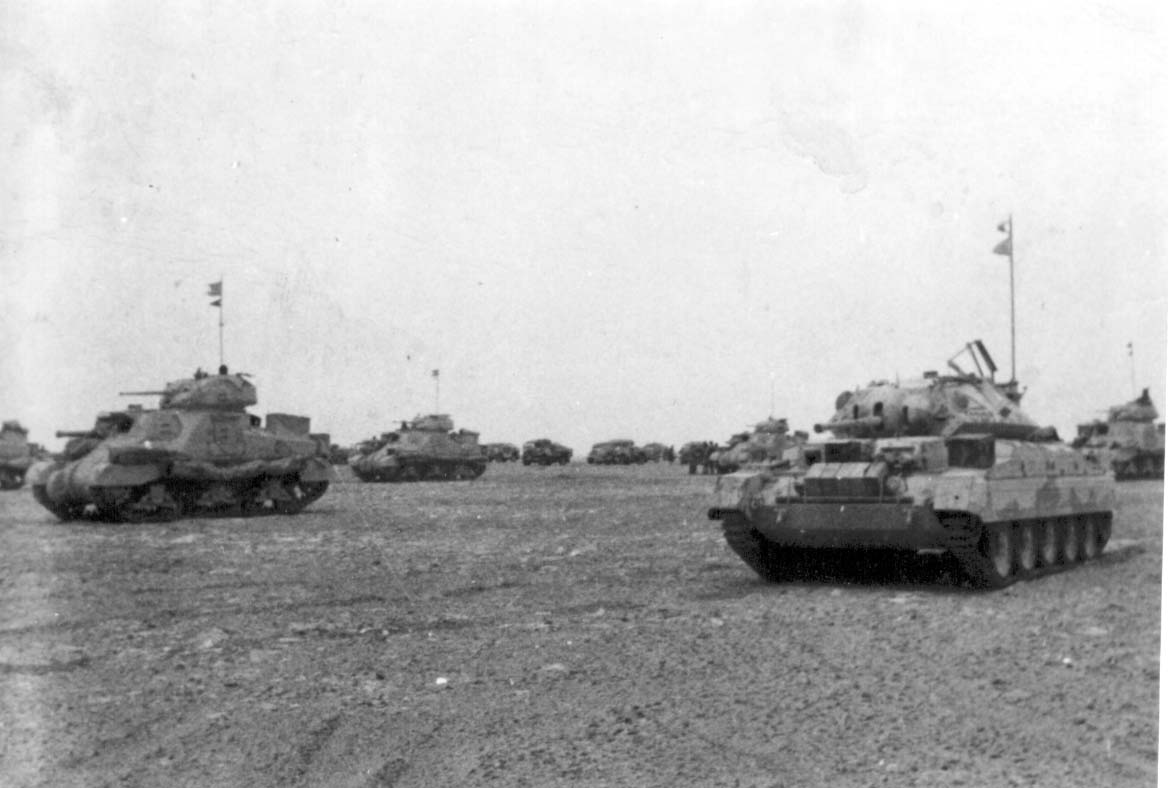
Here the two Regiments parted company, 3CLY becoming part of the 2nd Armoured Brigade while 4CLY remained with 22nd Armoured Brigade. One squadron of 3CLY joined 4CLY to defend the Alam El Halfa ridge when the Germans launched their last all-out offensive. After two days of bitter fighting, the Sharpshooters held on forcing Rommel to withdraw marking the turning point in the desert campaign. As the Kent Yeomanry (RA) also provided fire support during the battle, it is now celebrated by the Kent and Sharpshooters Yeomanry as the most important battle in which all three regiments took part.
SICILY 1943

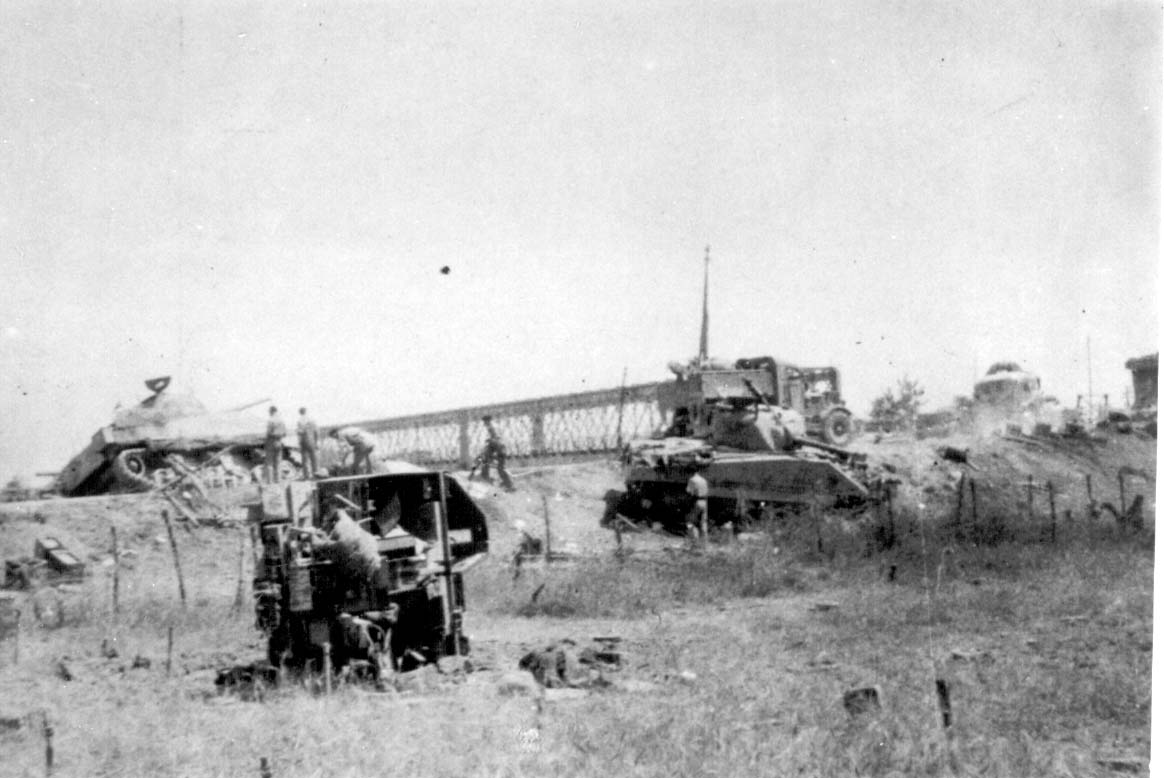
After Alam El Halfa, 3CLY were called out of the line to prepare for the invasion of Sicily. They landed late on D Day, 9th July 1943. The main battle of the campaign came as part of the attempted breakout towards Catania which involved capturing the bridge over the River Simeto at Primosole. British Paratroops had captured the southern end of the bridge and after four days of bitter fighting, 3CLY and the Durham Light Infantry forced the river line and captured the bridge. 3CLY's final operation in Sicily was to take part in amphibious operations in support of Commandos south of Messina.
ITALY 1943

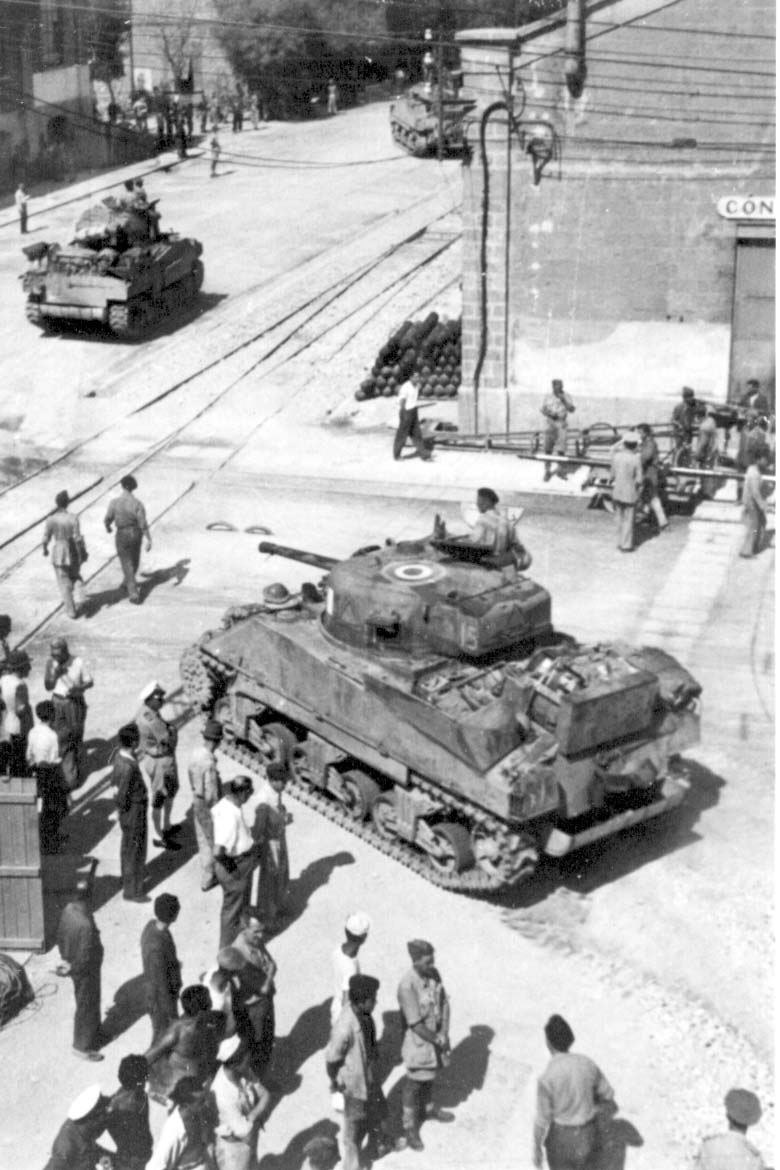
3CLY then moved to Italy and were landed at Taranto on September 23. They moved up to the Adriatic Coast where they saw action around Foggia, in the defence of Termoli and in the crossing of the Biferno. In November, now back with 4th Armoured Brigade, they were involved in the Crossing of the River Sangro and beyond where 3CLY and the London Irish took Fossacesia. They later took part in the capture of San Vito and in the assault on the River Moro, where again several tanks were left submerged in flood-swollen waters. After another wet and uncomfortable month in Italy, the Regiment was not sorry to return to England in January 1944 to prepare for the Invasion of France.
NORTH WEST EUROPE 1944
Both 3CLY and 4CLY spent the first half of 1944 preparing for the invasion, and both were among the first armoured regiments in, landing on D plus 1. 3CLY, with 4th Armoured Brigade, were, for the early stages of the invasion, the armoured reserve for 1st British Corps. They had been re-equipped with Shermans and Fireflies (Shermans fitted with the British 17 pdr gun). After an early attack on the radar station at Douvres, 3CLY remained in reserve against a possible major German counter-attack. Their first important battle was in operation 'Epsom', the assault on the River Odon, west of Caen.They were involved in the Defence of Rauray, against a powerful counterattack by several German Panzer Divisions. They remained on the defensive in the Rauray area until they met up with 4th CLY at Carpiquet airport near Caen on July 30th, to amalgamate as the 3rd/4th CLY.
4th County of London Yeomanry (Sharpshooters) 1939-44
In 1938, as the threat of war increased, the Territorial Army was called upon to double its strength. Unlike most other regiments which split in half, the 3rd CLY remained virtually unchanged and the 4th County of London Yeomanry, as the new regiment became known, was built up from a small cadre of junior officers and senior NCOs. There is no connection between this 4CLY and the original 4th County of London Yeomanry formed after the Boer War and later known as the King's Colonials and King Edward's Horse, which was disbanded at the end of the World War I.

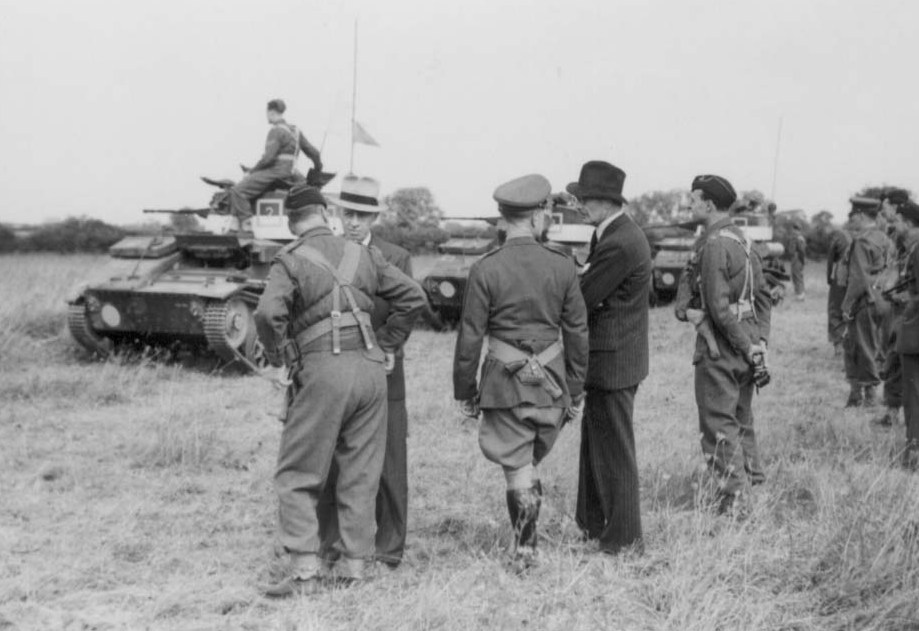
For the first two years of the war the 3rd and 4th CLY served alongside one another with the 2nd Royal Gloucestershire Hussars in 22nd Armoured Brigade equipped as armoured regiments, training on a variety of different tanks.
Both Regiments were sent to the Middle East in late 1941 and first saw action at El Gubi where they suffered heavily from Italian artillery. After this baptism of fire, 22nd Armoured Brigade formed part of 7th Armoured Division (Desert Rats) for the remainder of the campaign. The two regiments took part in the Sidi Rezegh battles, in the pursuit of Rommel to El Agheila.

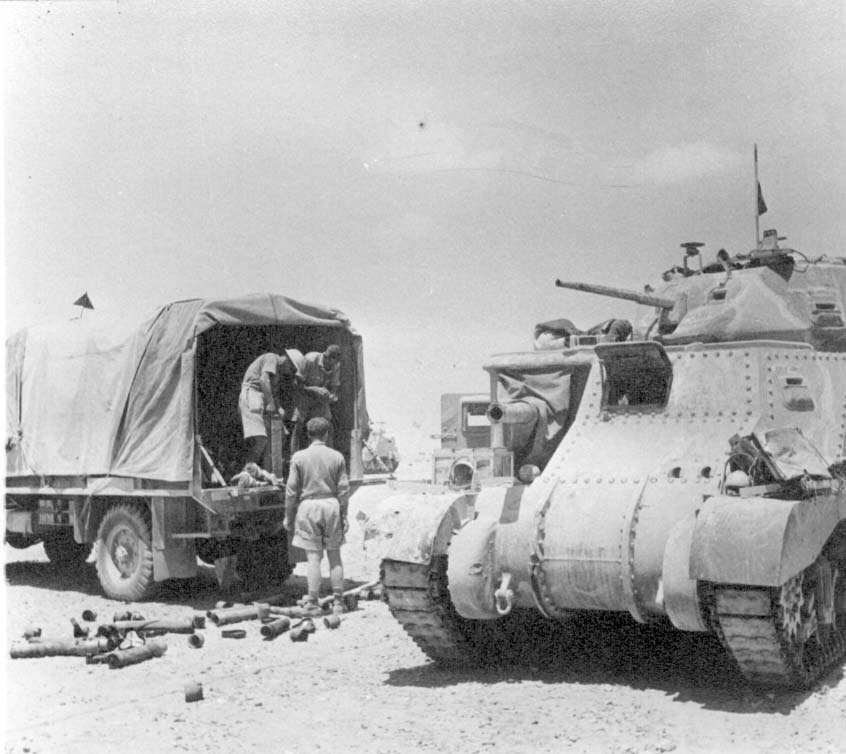
After returning to Cairo for reinforcement and re-equipment with Grant tanks, they were back on the Gazala Line in April 1942. They were closely involved in the bitter fighting of May-June 1942 around the Cauldron and the Knightsbridge Box which culminated in the long hard retreat to the El Alamein line. Here the two Regiments parted company, 3CLY becoming part of the 2nd Armoured Brigade while 4CLY remained with 22nd Armoured Brigade. After a further refit, 4CLY were brought forward again, with one squadron of 3CLY, to hold the Alam El Halfa ridge when the Germans launched their last all-out offensive. After two days of bitter fighting, the Sharpshooters held on forcing Rommel to withdraw marking the turning point in the desert campaign.
4CLY fought at El Alamein and took part in the pursuit of the Afrika Korps. They were at the capture of Tripoli in January 1943, in the assault on the Mareth Line at Akarit in April and in the final attack on Tunis in May
ITALY 1943
In September they landed at Salerno in Italy and were involved on the east coast, in Naples and in the crossing of the River Volturno but country and climate proved unsuitable for tanks and in December they thankfully received orders to return to the UK to prepare for the second front.
NORTH WEST EUROPE 1944

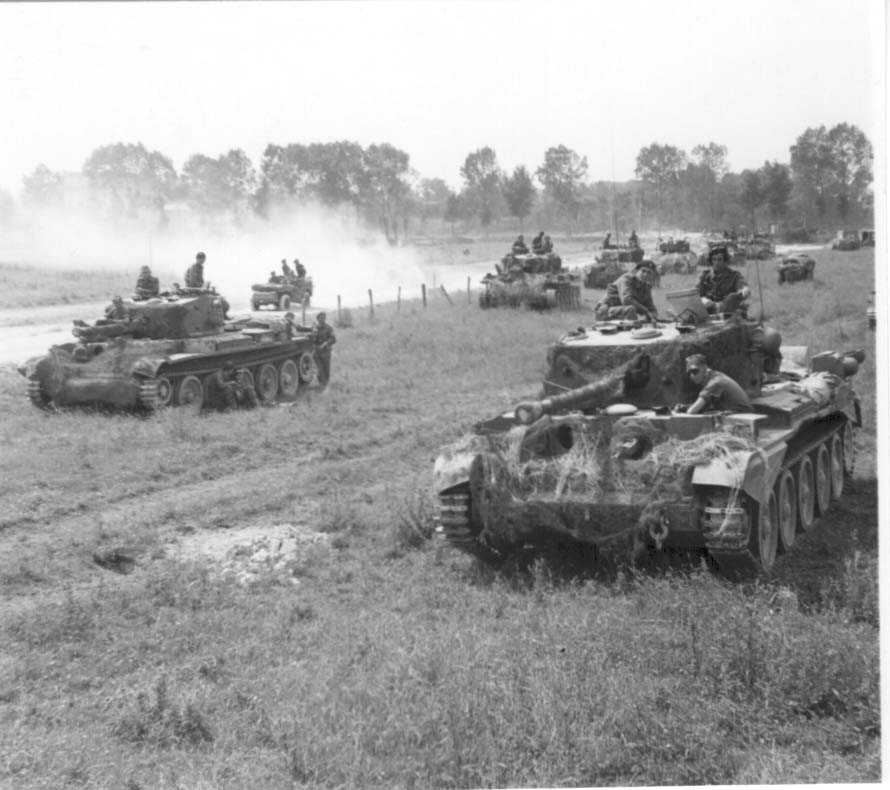
The first half of 1944 was spent re-equipping with Cromwell tanks and training for the invasion. Still with 7th Armoured Division, 4CLY landed in Normandy on D+1. In an early attempt to break out, they ran into unexpected German armoured reinforcements at Villers Bocage losing Regimental Headquarters and one squadron. After two months of bitter fighting, armoured losses had been so high that it was decided to reduce the number of regiments so on July 30th, 3CLY and 4CLY met at Capriquet airport near Caen to amalgamate as the 3rd/4.
3rd/4th County of London Yeomanry (Sharpshooters) 1944-45

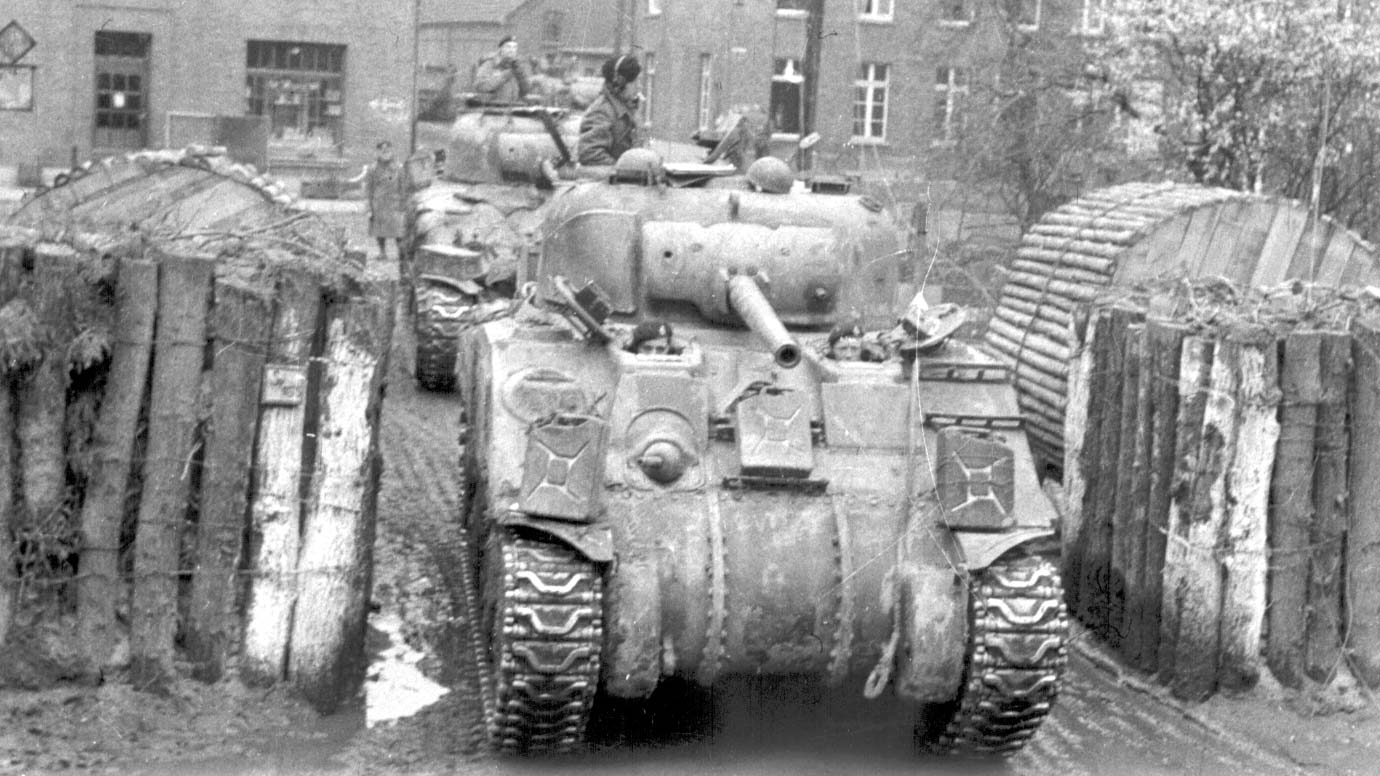
Within three days of the amalgamation, the 3rd/4th CLY were in action again for the breakout from Normandy and the race through Belgium into Holland. There then followed long hard winter on the Maas and in the Reichswald. In March 1945 came the crossing of the Rhine and the final gallop across the North German plain ending with the entry into Hamburg in April 1945. The Regiment remained in Germany for another 18 months before returning to the UK for a brief spell in suspended animation before being re-formed.
The Sharpshooters received 42 battle honours for World War II, a total exceeded by only one other Cavalry or Yeomanry regiment. Individually Sharpshooters received one George Medal, 9 DSOs, 42 MCs, 8 DCMs and 71 MMs. The regimental roll of honour records 381 names.
3/4CLY Battle Honours 1939-45
| North Africa 1941-43 | |||
| 1941 | Tobruk 1941 | El Gubi | Gabr Saeh |
| Sidi Rezegh 1941 | Chor es Sufan | ||
| 1942 | Gazala | Cauldron | Haglag er Rami |
| Mersa Matruh | Minquar Qaim | Defence of Alamein Line | |
| Deir El Shein | Ruweisat Ridge | Point 93 | |
| Alam El Halfa | El Alamein | ||
| 1943 | Akarit | Djebel Roumana | Tunis |
| Sicily 1943 | |||
| Landing in Sicily 1943 | Lentini | Simeto Bridgehead | |
| Italy 1943 | |||
| Termoli | Sangro | Fossacesia | |
| Volturno Crossing | |||
| 1944 | N.W.Europe 1944-45 | ||
| Villers Bocage | Odon | Defence of Rauray | |
| Caen | Bourgebus Ridge | Falaise | |
| Lower Maas | |||
| 1945 | Rhineland | Hochwald | Rhine |
| Aller |
Honours in bold type are those selected for carrying on the Guidon
3rd/4th County of London Yeomanry (Sharpshooters) 1947-61
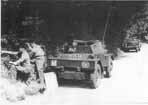
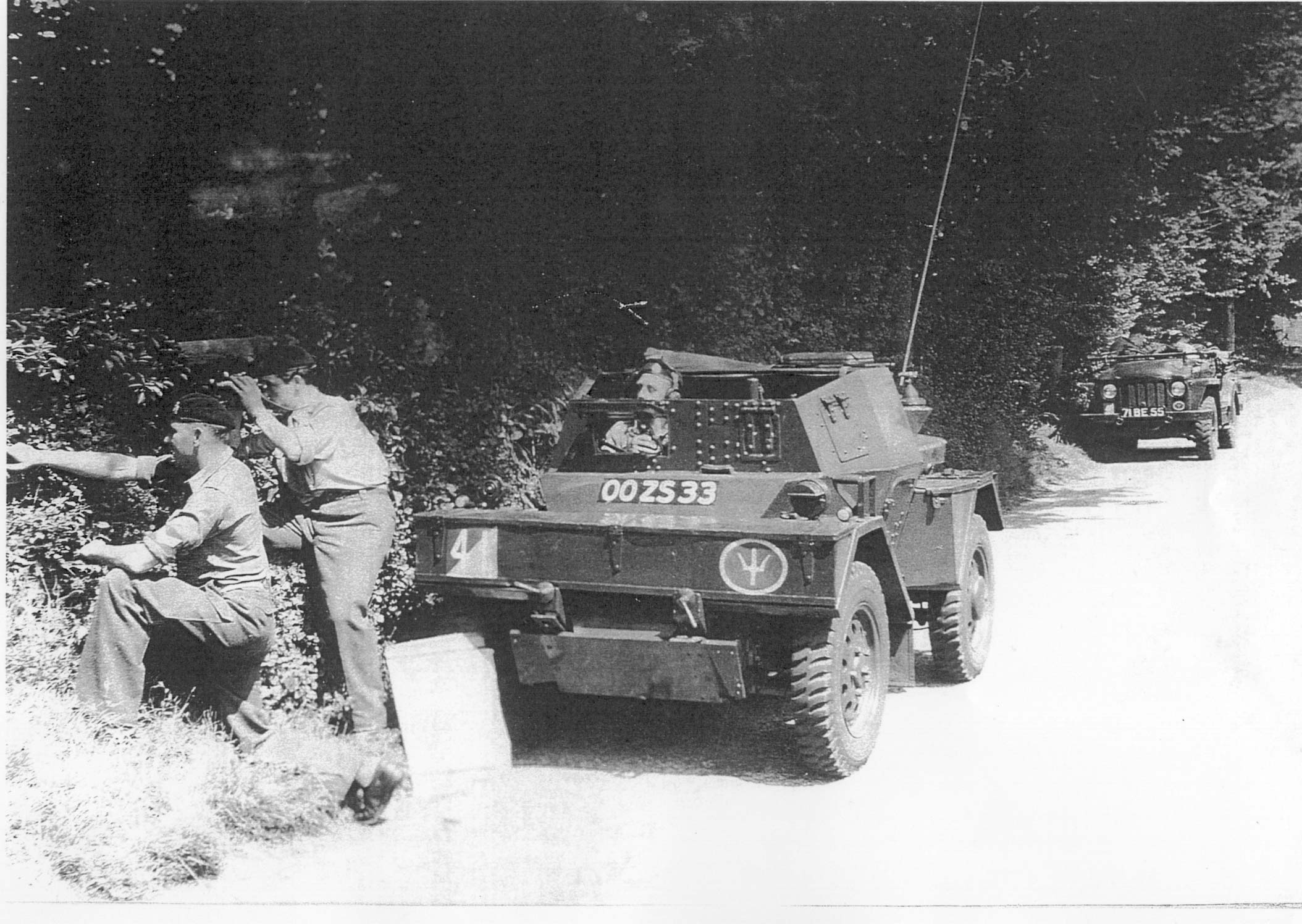
The Regiment was re-formed in 1947 in its old headquarters at Allitsen Road, St John's Wood, under the command of Lt-Col The Earl of Onslow. It became an armoured regiment in 56th London Armoured Division. In 1956 the regiment changed its role to become the divisional recconaissance regiment for 44th (Home Counties) Division equipped with Daimler armoured cars and scout cars (Dingos). B Squadron moved to Tavistock Road, Croydon and C Squadron moved to Harrow leaving only RHQ and A Squadron at Allitsen Road.
Kent and County of London Yeomanry (Sharpshooters) 1961-67
In 1961 the 3rd/4th County of London Yeomanry (Sharpshooters) and 297th (Kent Yeomanry) LAA Regt RA were amalgamated to form the Kent and County of London Yeomanry (Sharpshooters).Regimental Headquarters moved to Bromley and the squadron locations were
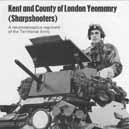
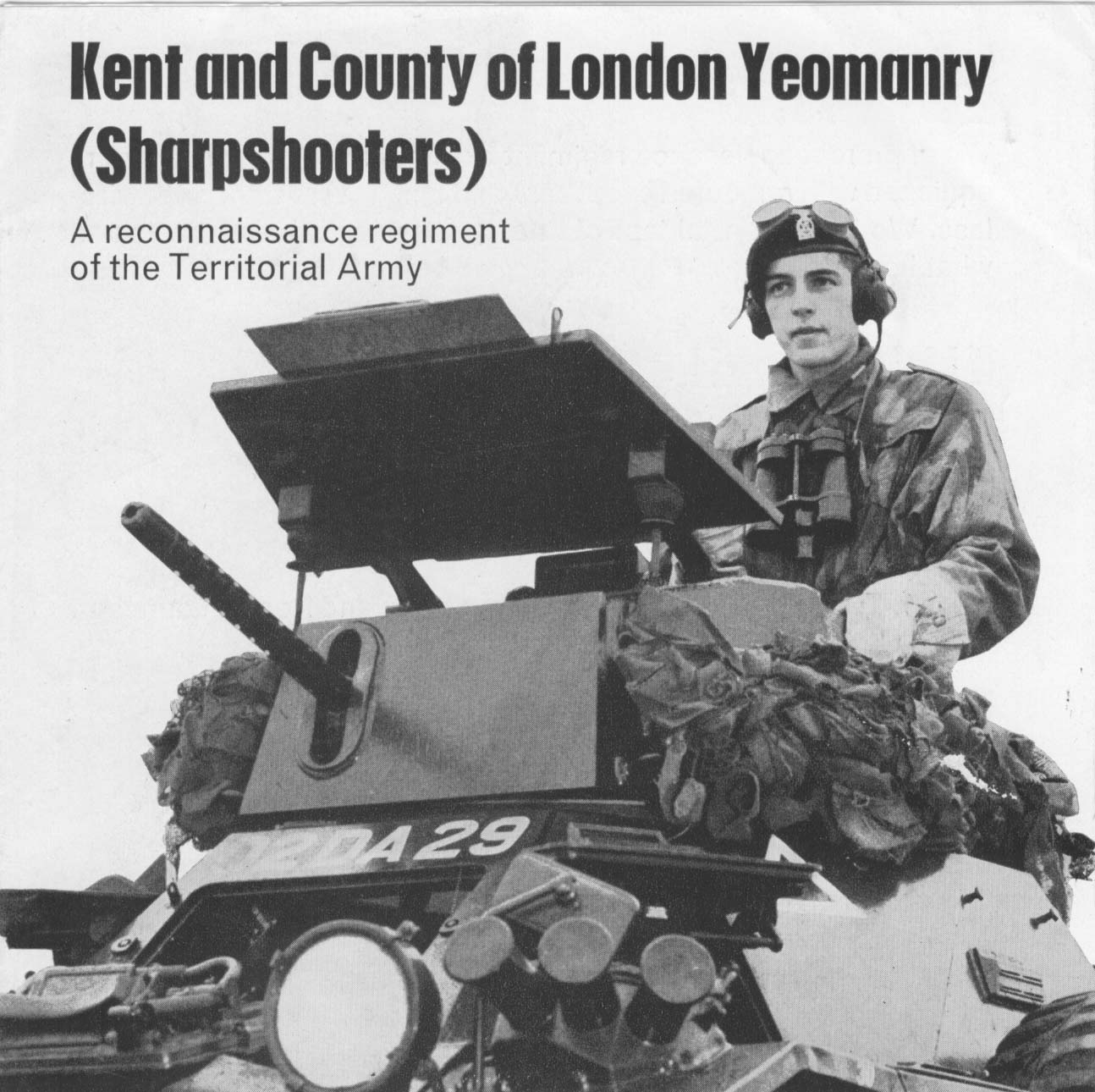
A Squadron - Canterbury and Maidstone
B Squadron - Croydon
C Squadron - Regent's Park
The Regiment continued in its role as divisional recce regiment for 44th (Home Counties) Division, now equipped with Ferret scout cars and Land Rovers. The Regiment in this form served for only six years. Its most memorable moment was on 17th July 1963, when HRH Princess Alexandra presented the Regiment with its Guidon.
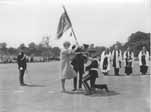
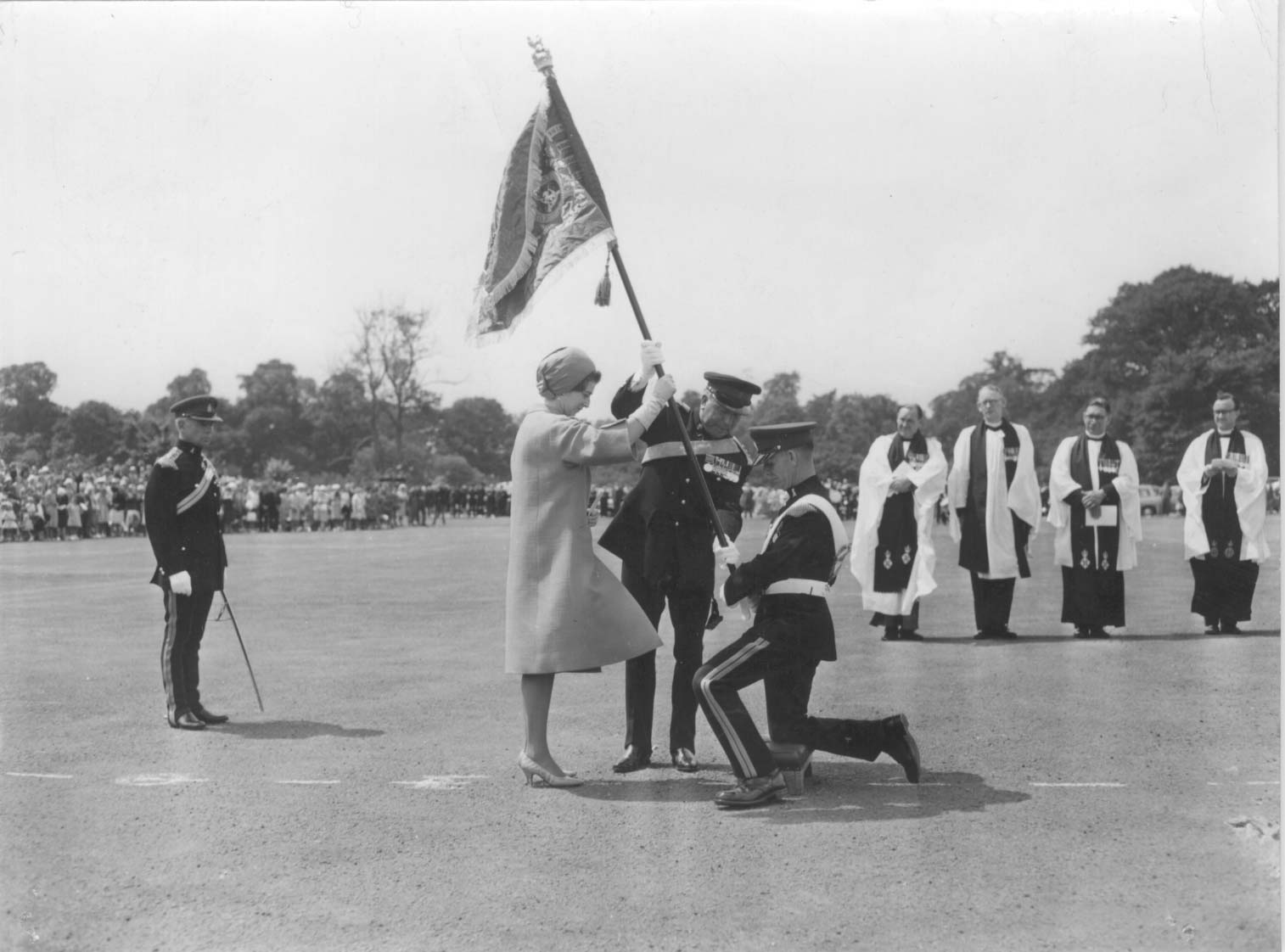
In 1967, the Kent and County of London Yeomanry (Sharpshooters) were reduced to one Squadron of the one remaining yeomanry regiment and took on the title of C(KCLY) Squadron The Royal Yeomanry Regiment. The former HQ Squadron at Bromley formed part of the London and Kent Regiment in the short-lived TAVR III. In 1969 they were converted to a signal squadron and are now known as 265 (Kent and County of London Yeomanry) Support Squadron.
C (Kent and Sharpshooters Yeomanry) Squadron The Royal Yeomanry 1967 - Today
C (KCLY) squadron was based in the former B Squadron TA Centre at Mitcham Road, Croydon. The Royal Yeomanry was fully equipped as an armoured car regiment and given an important role as part of the 1 British Corps covering force in Germany. The early success of the Regiment in overseas exercises meant that they became a permanent part of the BAOR covering force. It also led to the formation of a second Yeomanry recce regiment, the Queen's Own Yeomanry.
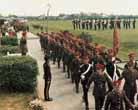
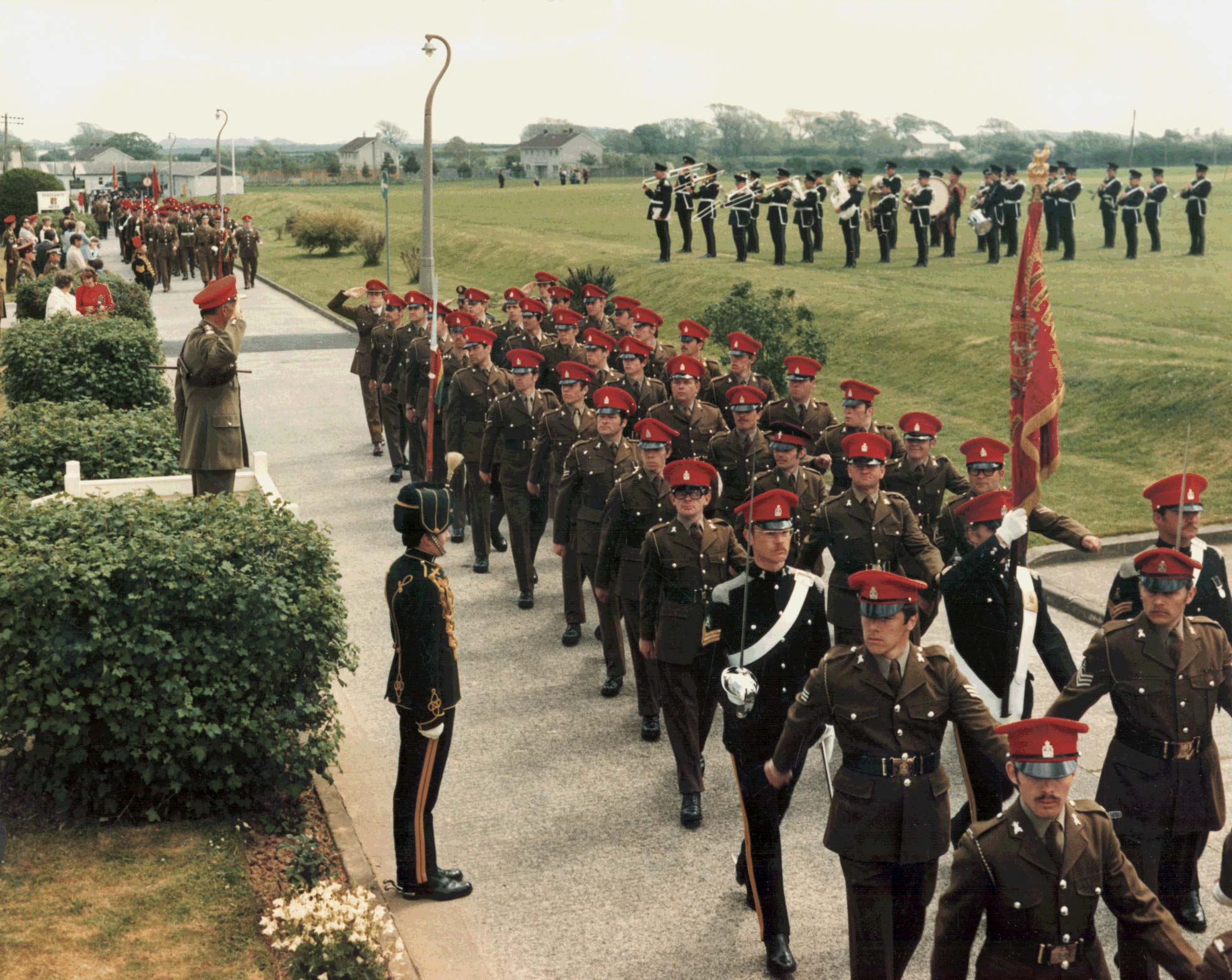
At first, C (KCLY) Squadron was roled as an air portable recce squadron equipped entirely with Ferret scout cars. In 1970 the air portable role was dropped and the squadron was issued with Saladin armoured cars and Saracen armoured personnel carriers. Since the new title did not include the word ‘Sharpshooters’, it was changed in 1973 to C (Kent and Sharpshooters Yeomanry) Squadron.
In 1976, the squadron was re-equipped with Fox armoured cars, Spartan armoured personnel carriers and Sultan command vehicles. During this time, the Regimental regularly held its annual camp in Germany with the regiments of the covering force notably in the major exercises, Crusader in 1980 and Lionheart in 1984

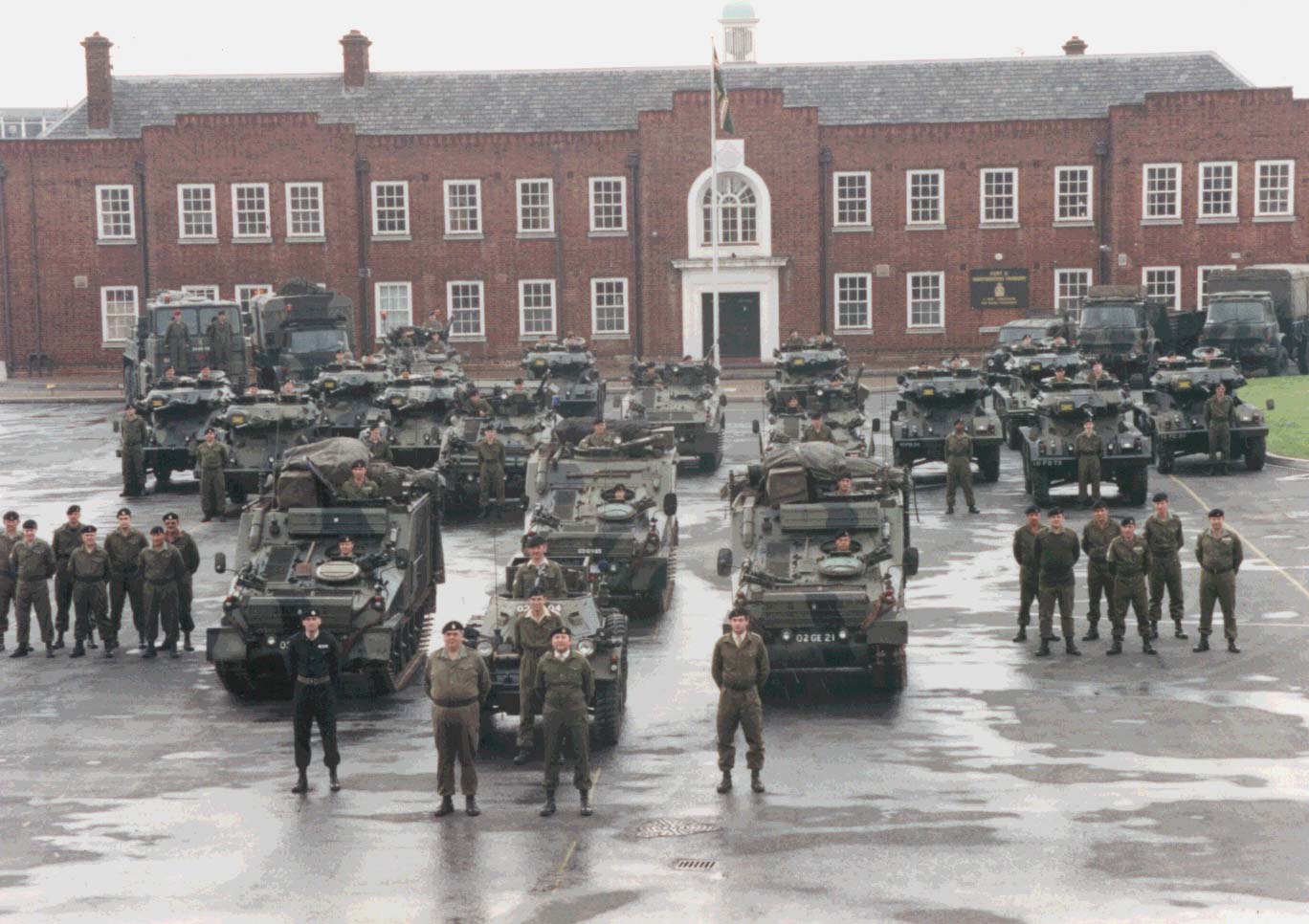
In the 1990s, with the end of the cold war, the Royal Yeomanry went through several changes . The armoured recce role was lost in 1993. It was first re-roled as a National Defence recce regiment equipped with Land Rovers. In 1994 it became a Biological and Chemical Defence Regiment. A further major change came in 1998 with the NBC defence role being transferred to a Regular Army unit. The Regiment was tasked instead to train soldiers as battle casualty replacements for armoured and NBC defence regiment.

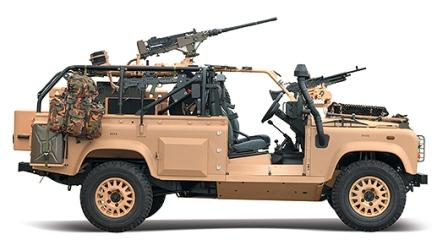
Today the Royal Yeomanry is a Light Cavalry Regiment equipped with RWMIK (Land Rover Re-life Weapons Mounted Installation Kit). The unit is roled to provide a strategically deployable light reconnaissance capability which is employable across a wide range of operations from Peace Support Operations through to stabilisation interventions enabling roles in major combat operations.
265 (Kent and County of London Yeomanry) Support Squadron 1967 - Today
In 1967, the former KCLY HQ Squadron at Bromley formed part of the London and Kent Regiment in the short-lived TAVR III. When the Regiment was disbanded in 1969, a new regiment was formed in its place, 71st Signal Regiment, based first at Hill House, Bromley, later at Watling Street, Bexleyheath. 265 (London and Kent) Signal Squadron was formed, initially to provide the regimental headquarters function for the new regiment, but eventually as a fully operational Signal Squadron.

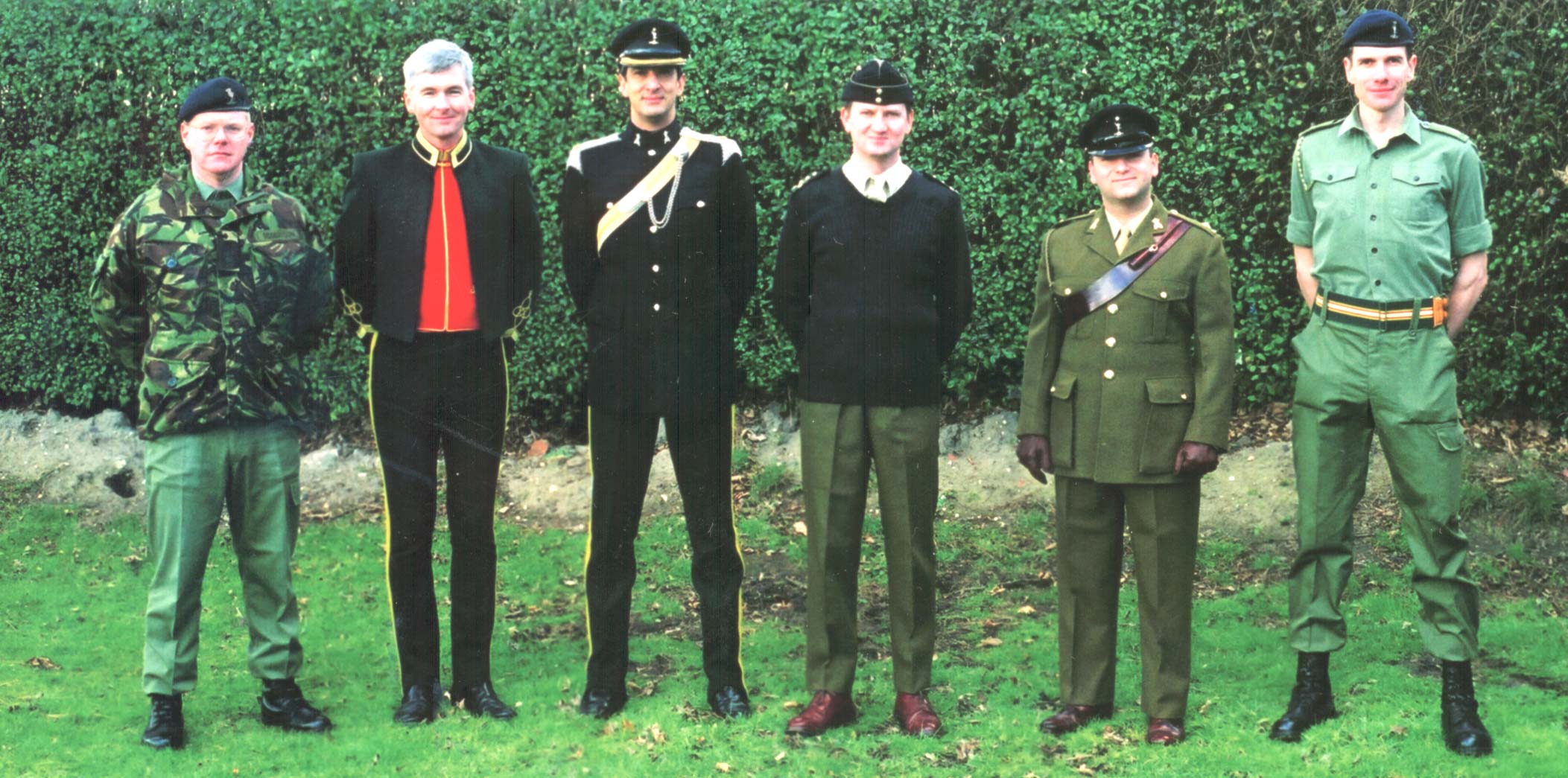
The last few years proved to be a challenging period for the squadron,with many members deploying overseas in support of their Regular Army counterparts. Locations have included Germany, Norway, Cyprus, and Canada. More recently, individuals have volunteered for service in operational theatres including Northern Ireland and Bosnia.
In 1985 the squadron's title changed once again to 265 (Kent and County of London Yeomanry) Signal Squadron and two years later it's RHQ support elements formed a new squadron. The formation of HQ (KCLY) Squadron in 1987 coincided with the completion of a £3m refurbishment of the TA Centre at Bexleyheath which was opened by HRH The Princess Royal.
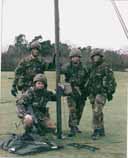
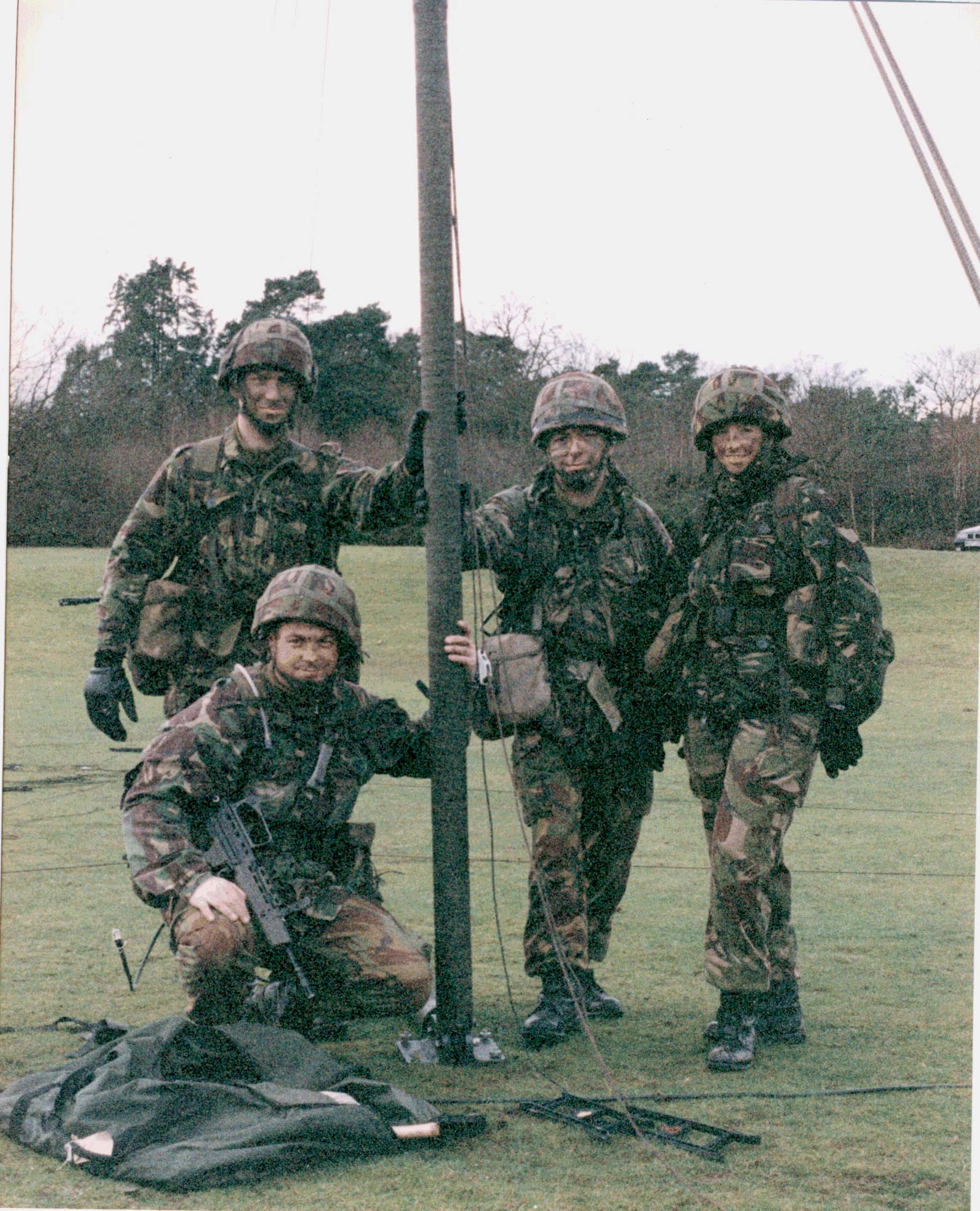
In 1996 265 (KCLY) Signal Squadron was equipped with a new computer-controlled radio system known as NCRS (National Communications Radio System). During this period, many members deployed overseas in support of their Regular Army counterparts. Locations included Germany, Norway, Cyprus, and Canada. More recently individuals have volunteered for service in operational theatres including Northern Ireland and Bosnia. In 1997 the Squadron deployed overseas, for the first time as a formed unit, on Exercise Orient Express centered on the Belgium Ardennes. This was followed by other camps overseas in Gibraltar and the Czech Republic.
TA 'rebalancing' in 2006 saw the effective amalgamation of 265 (KCLY) Signal Squadron with HQ (KCLY) Squadron to form 265 (KCLY) Support Squadron. The new squadron fulfils the headquarters role for 71 (Yeomanry) Regiment but retains a signals troop. Since its formation, a number of Sharpshooters have, and continue to be, deployed on operations in Iraq and Afghanistan.
Read the latest news from the Museum
Read News »Search over 1000 items
Search Database »